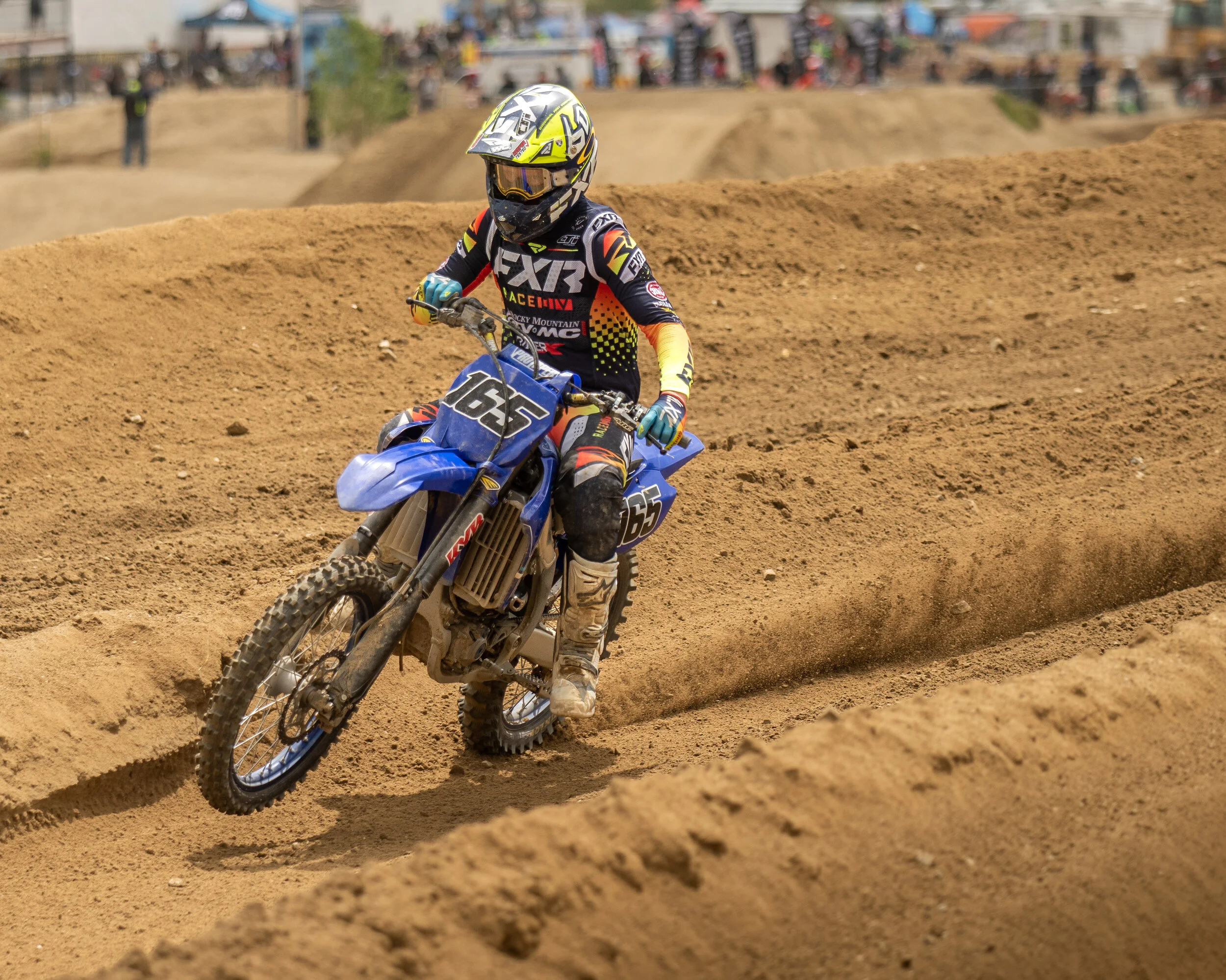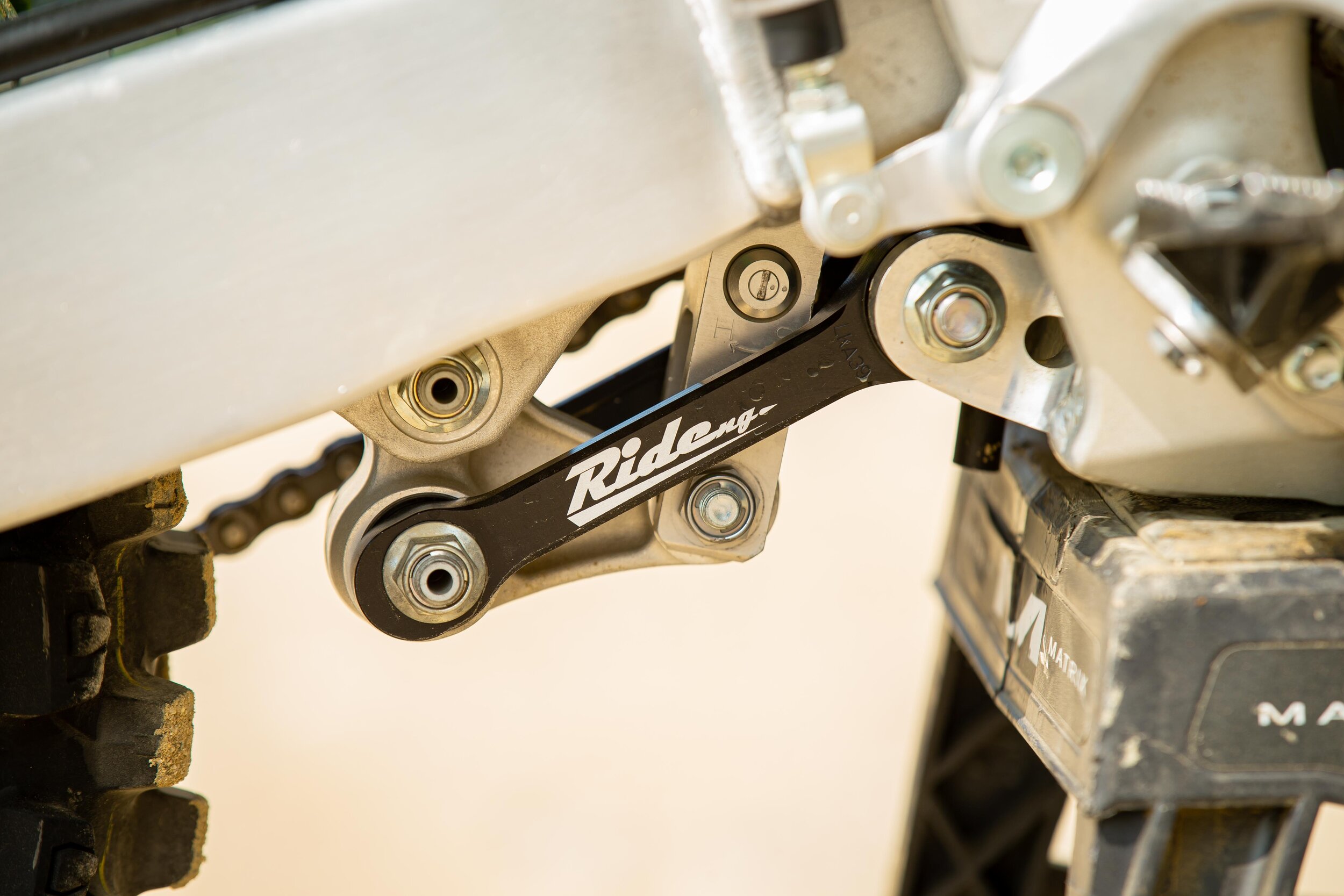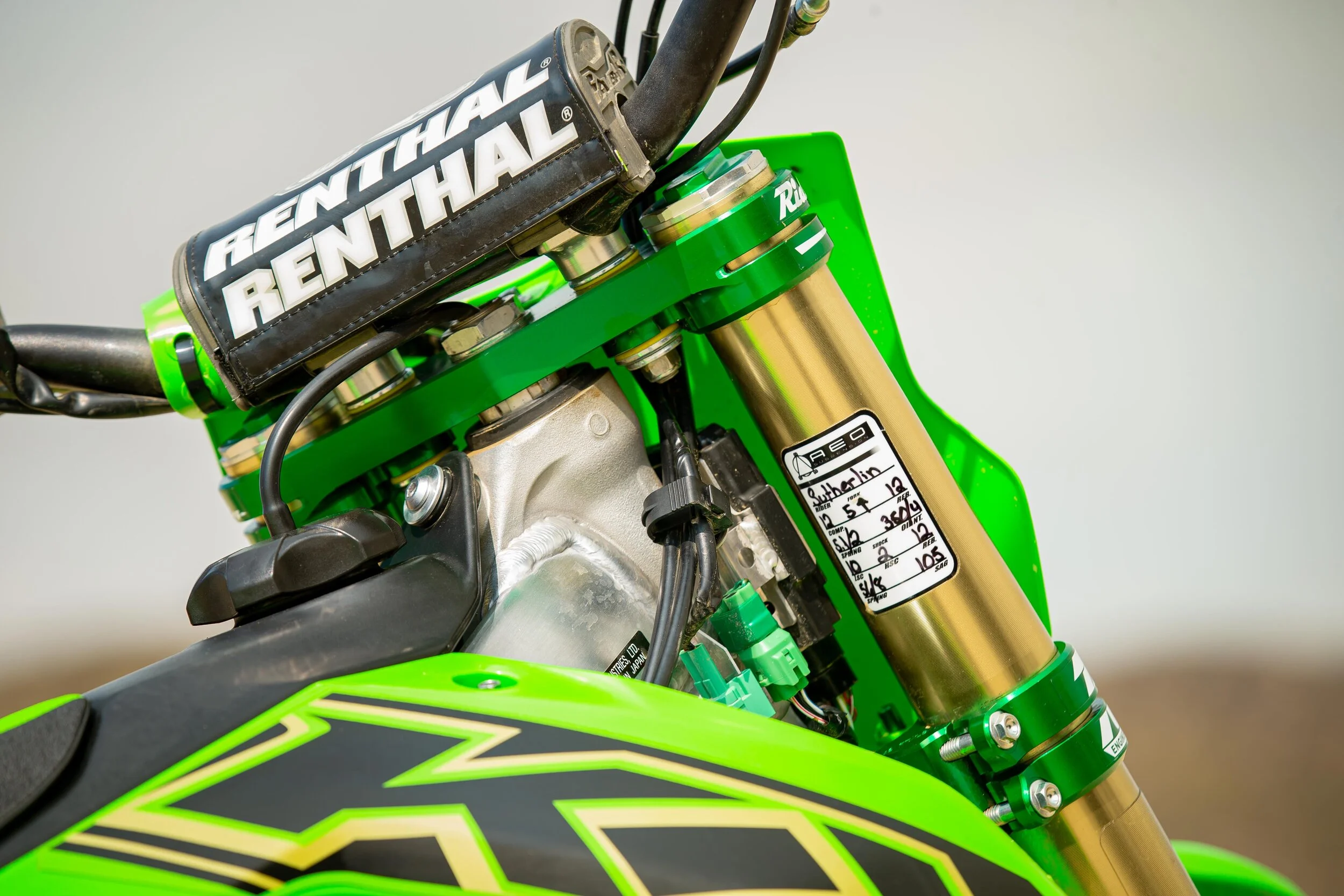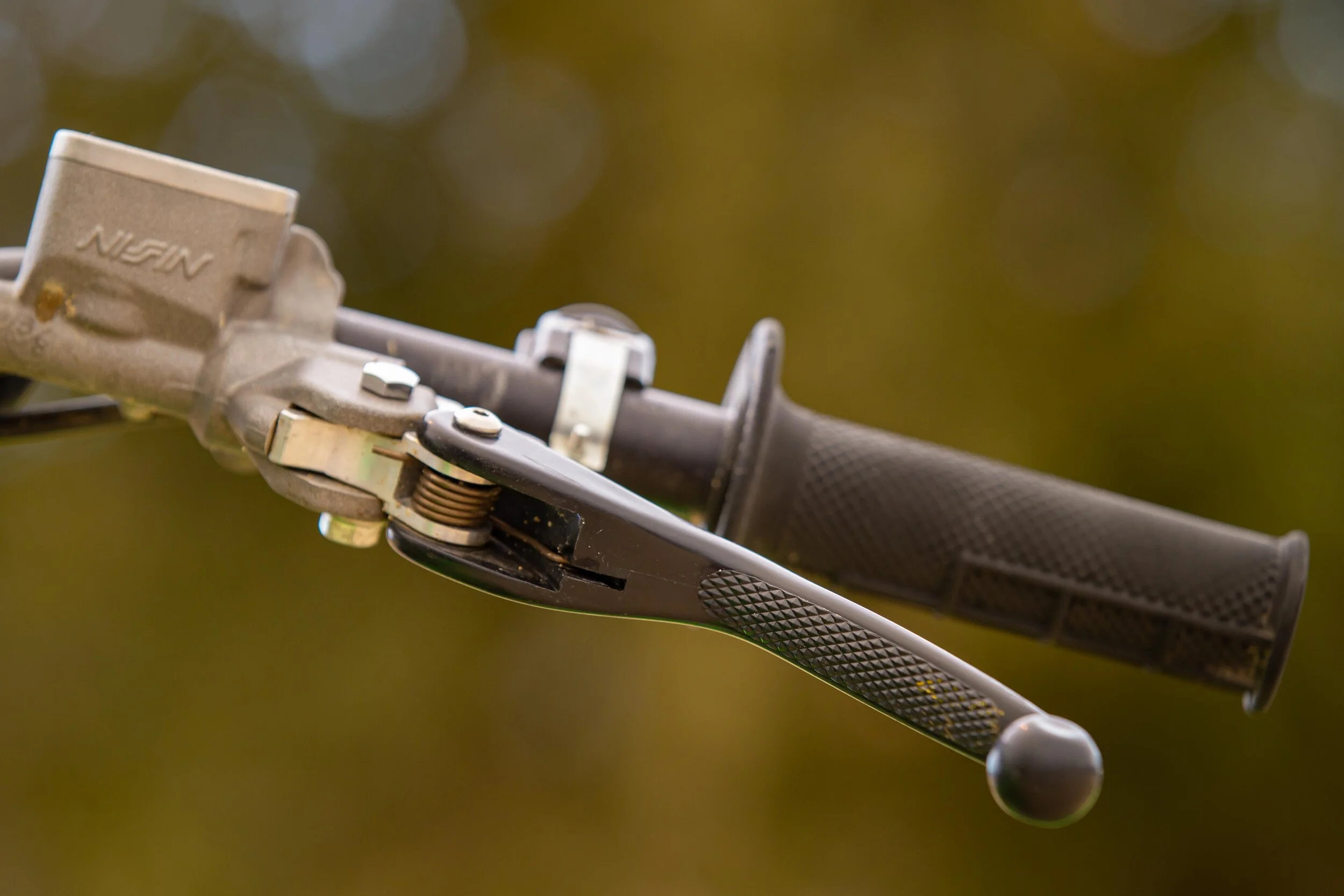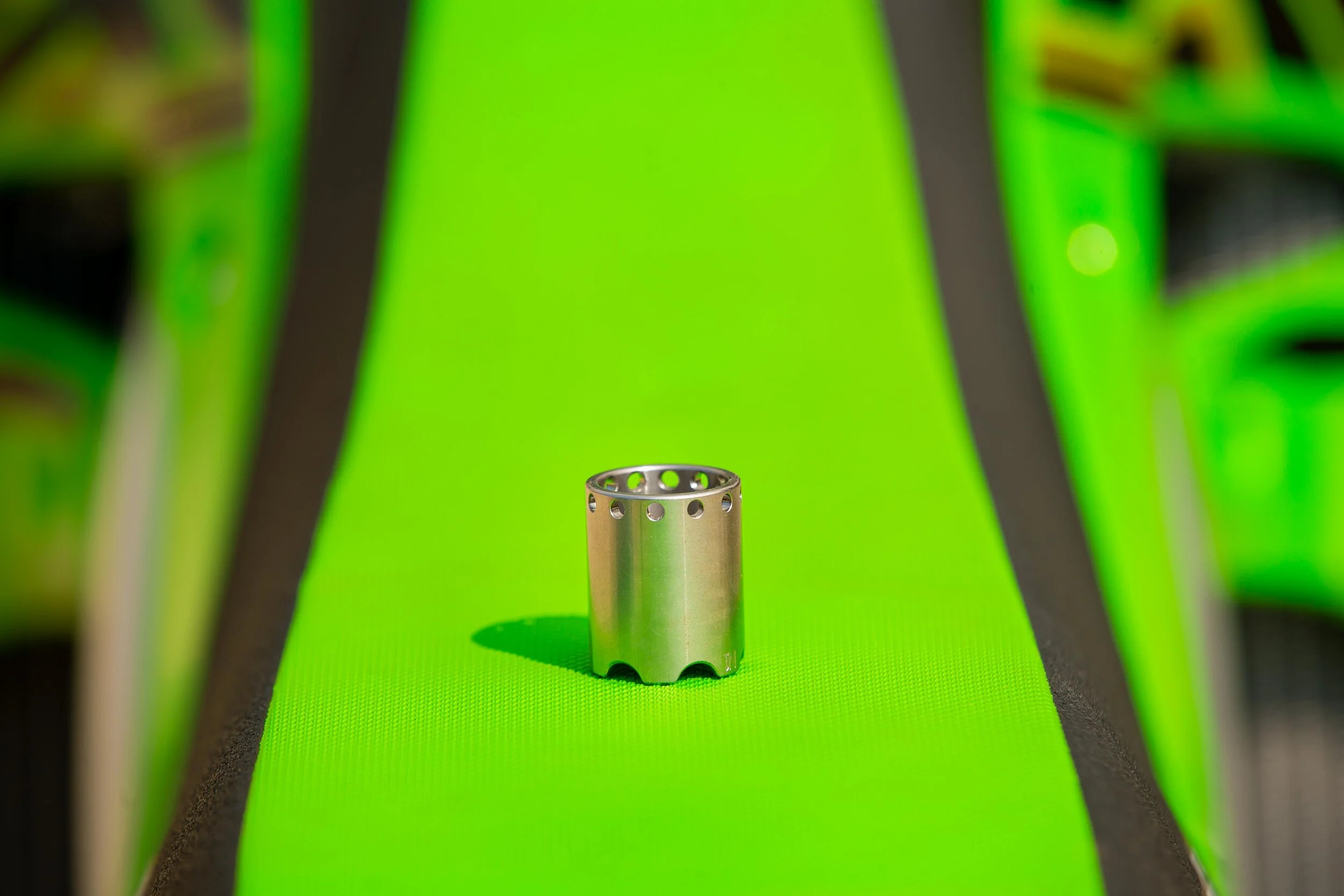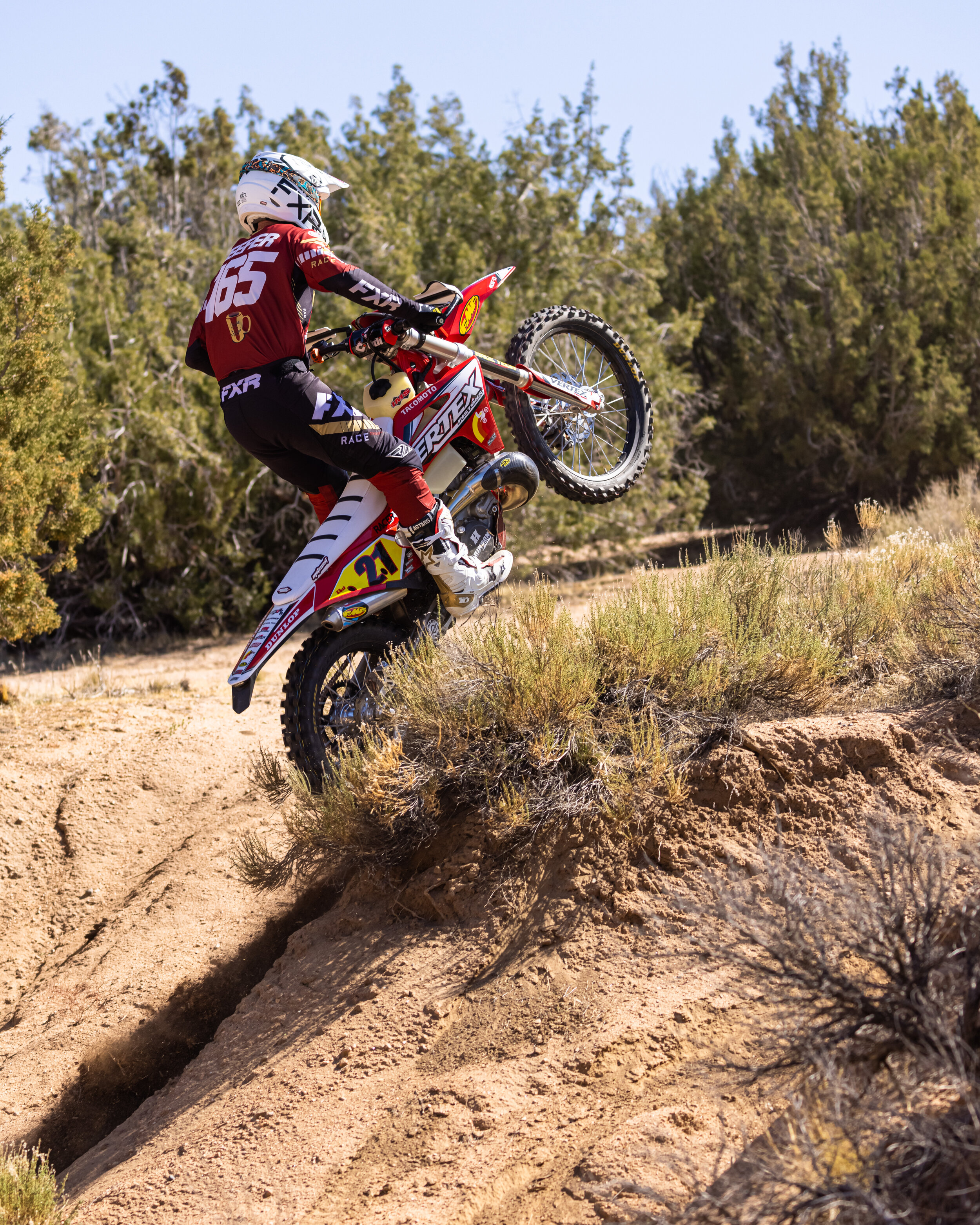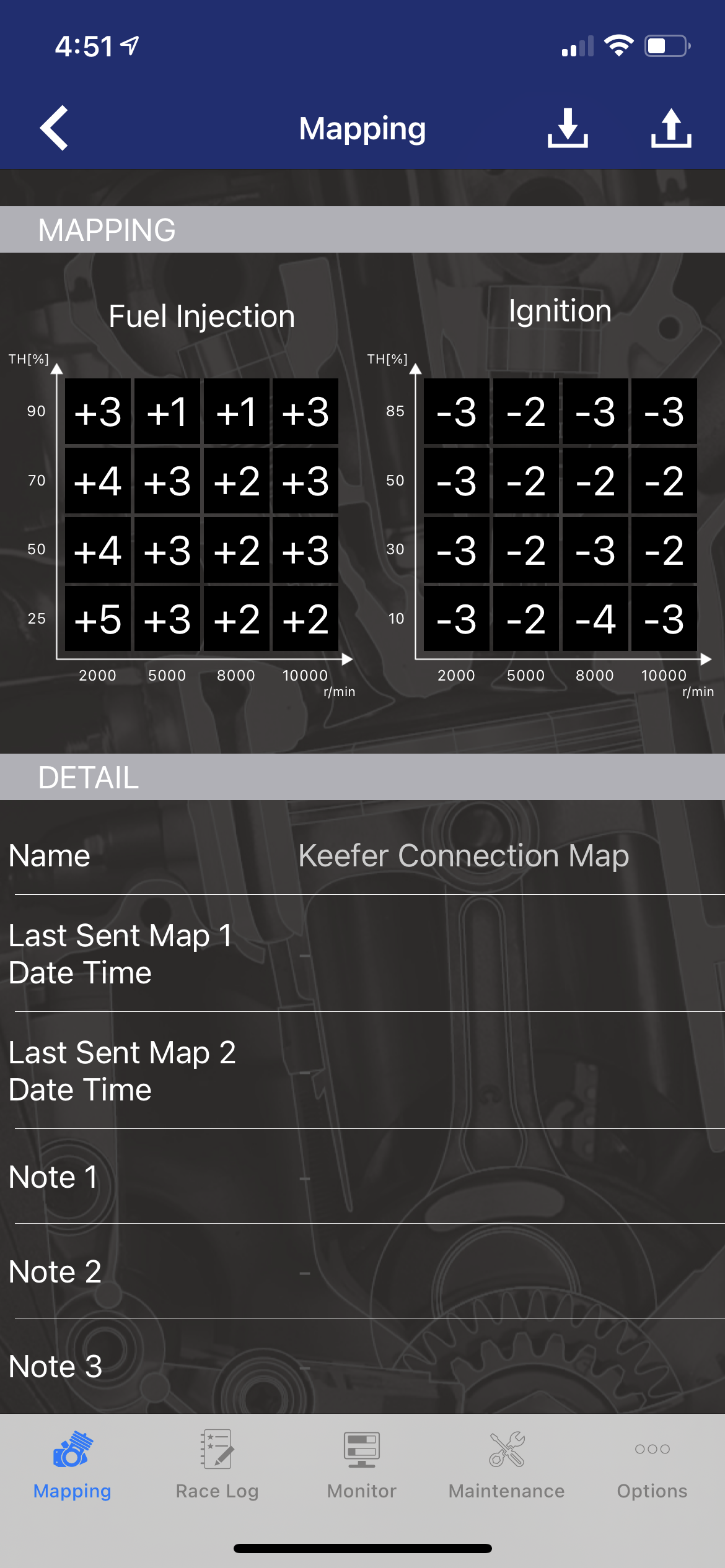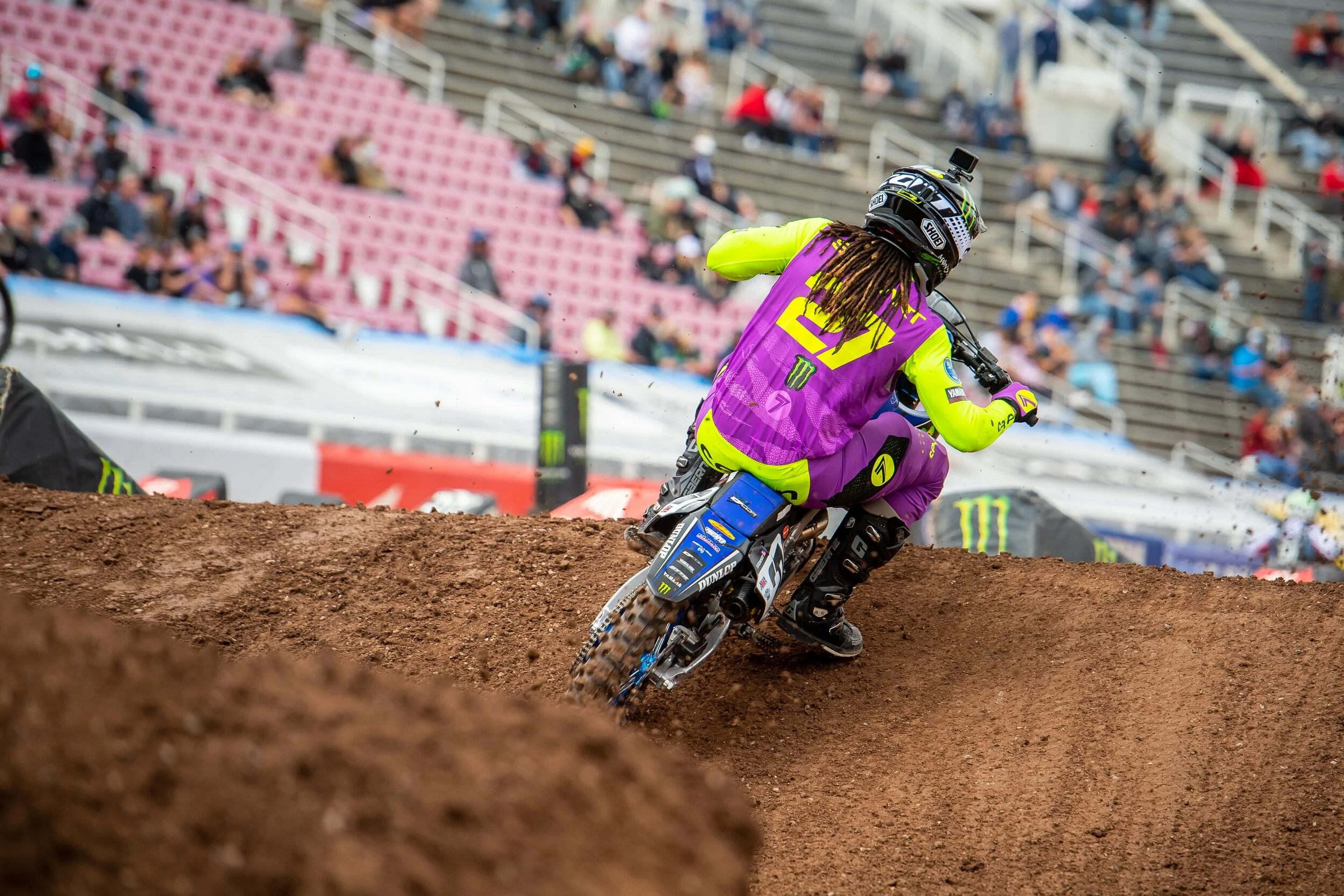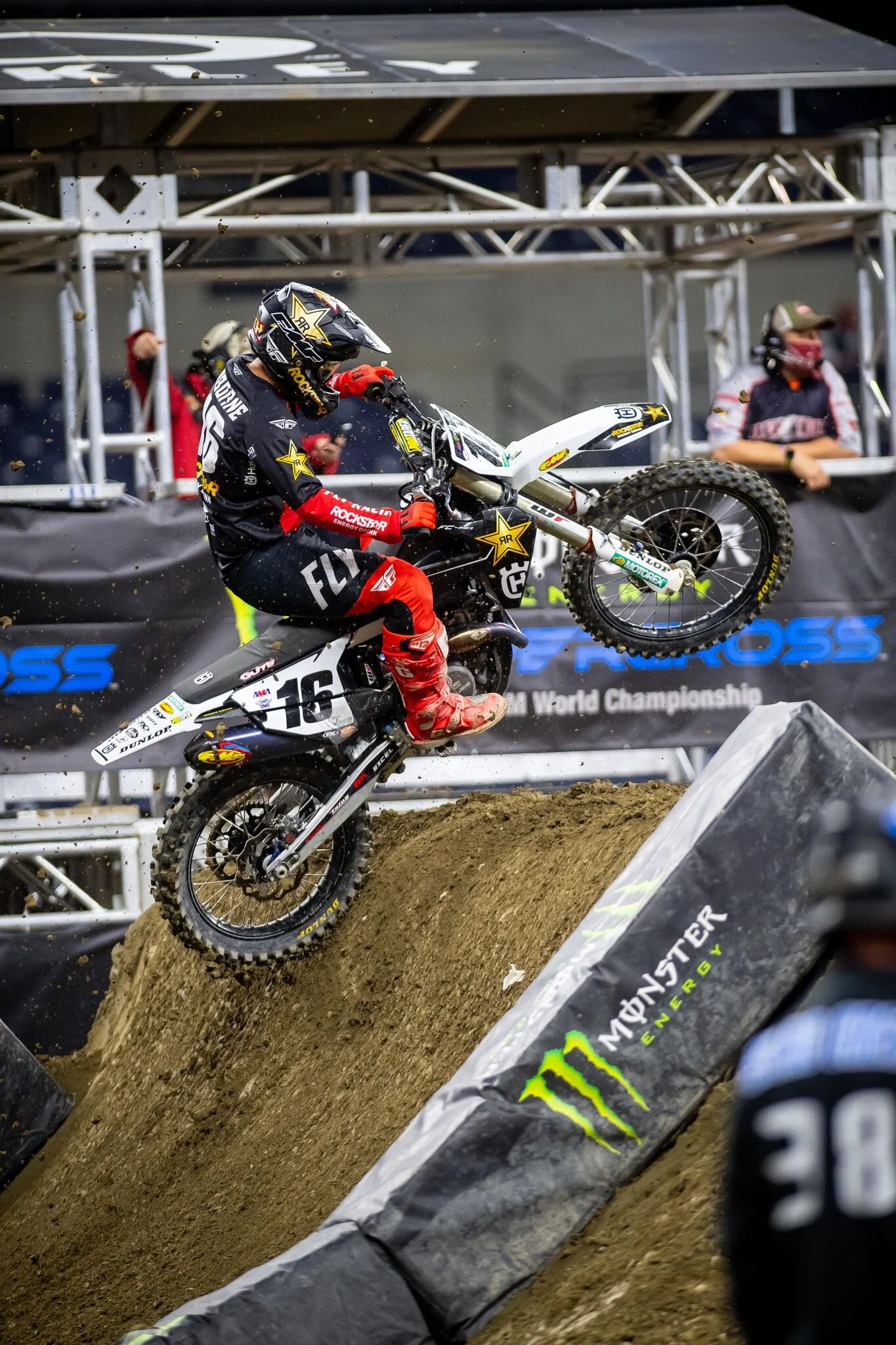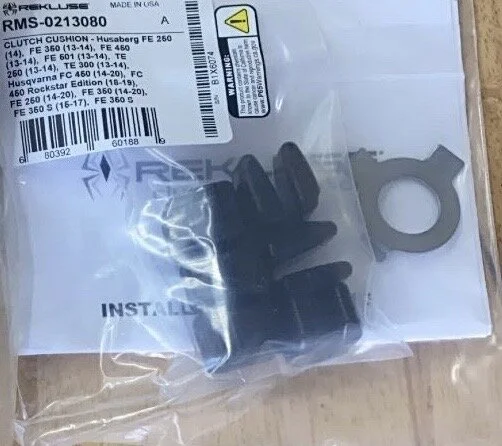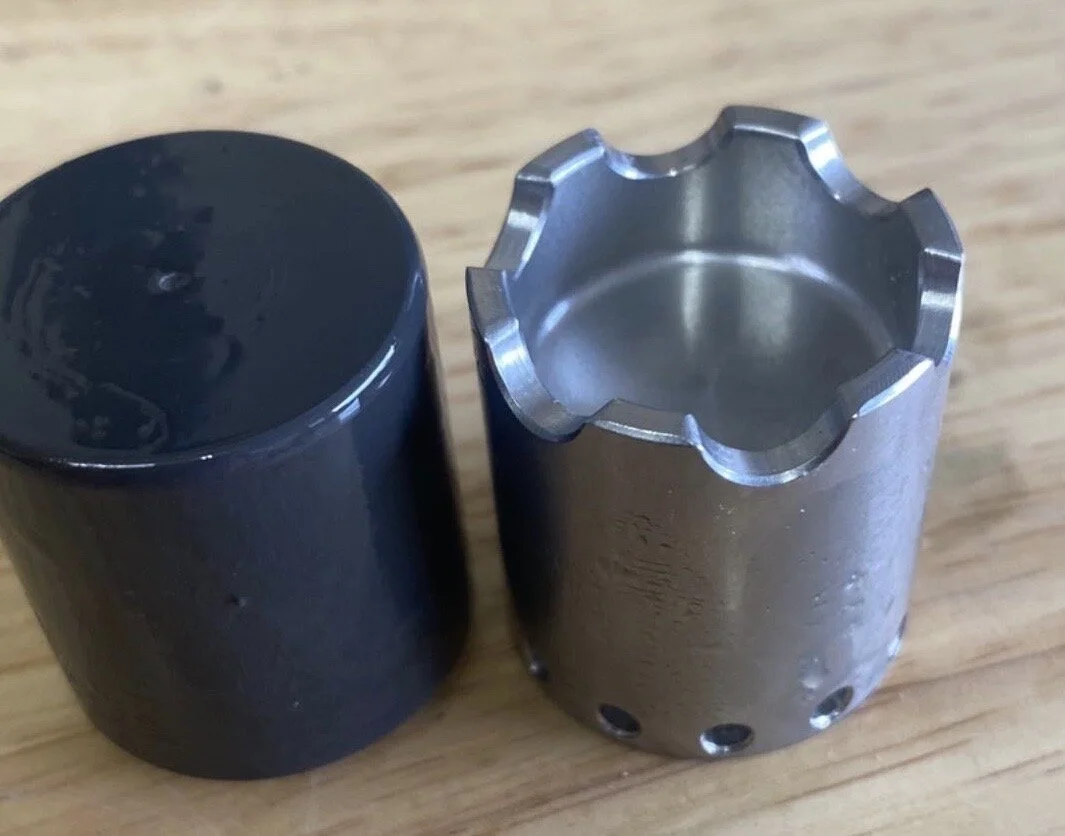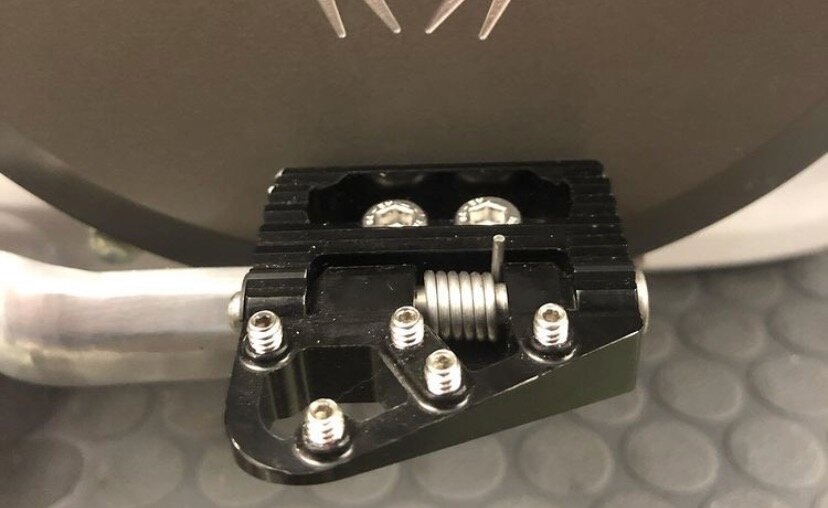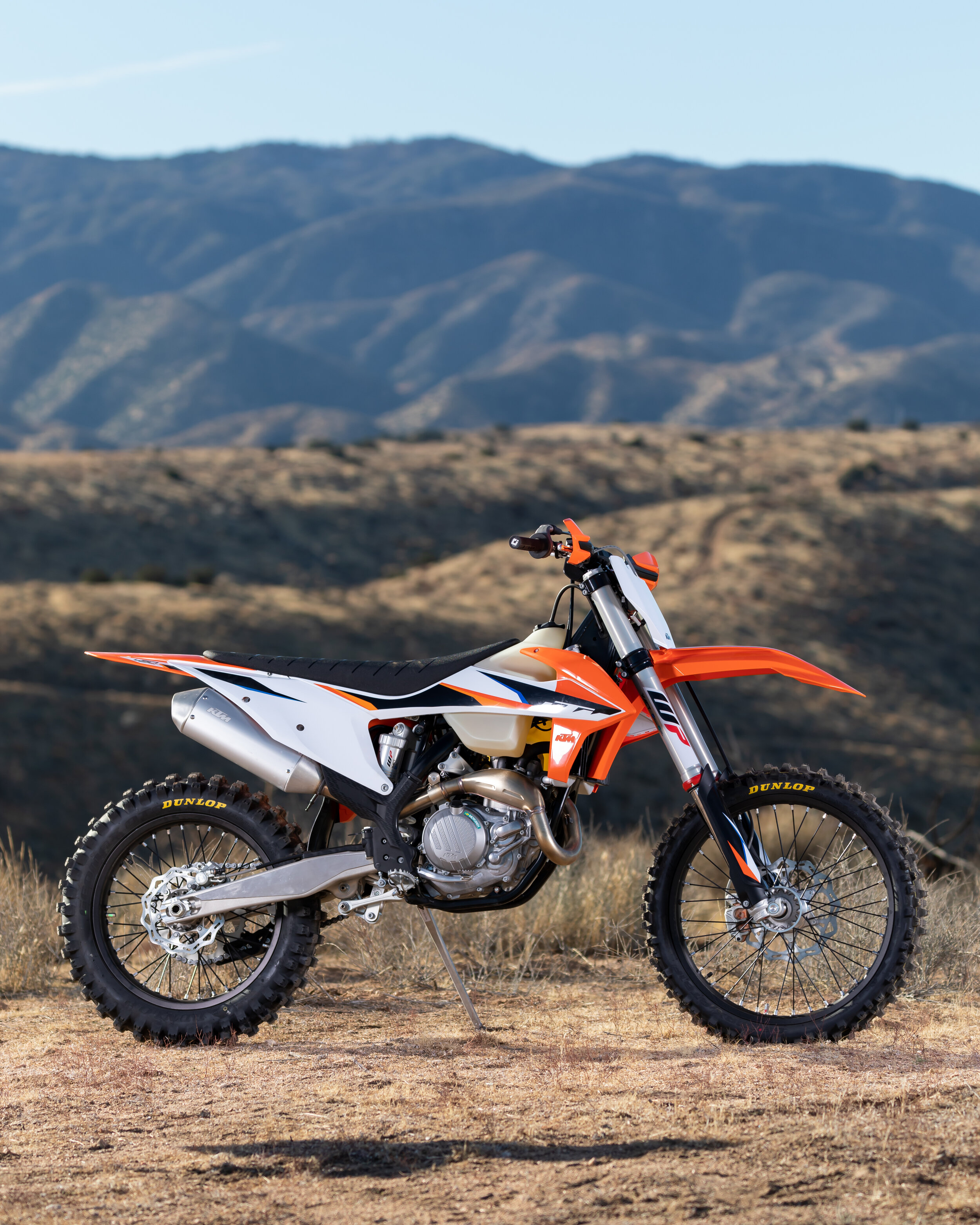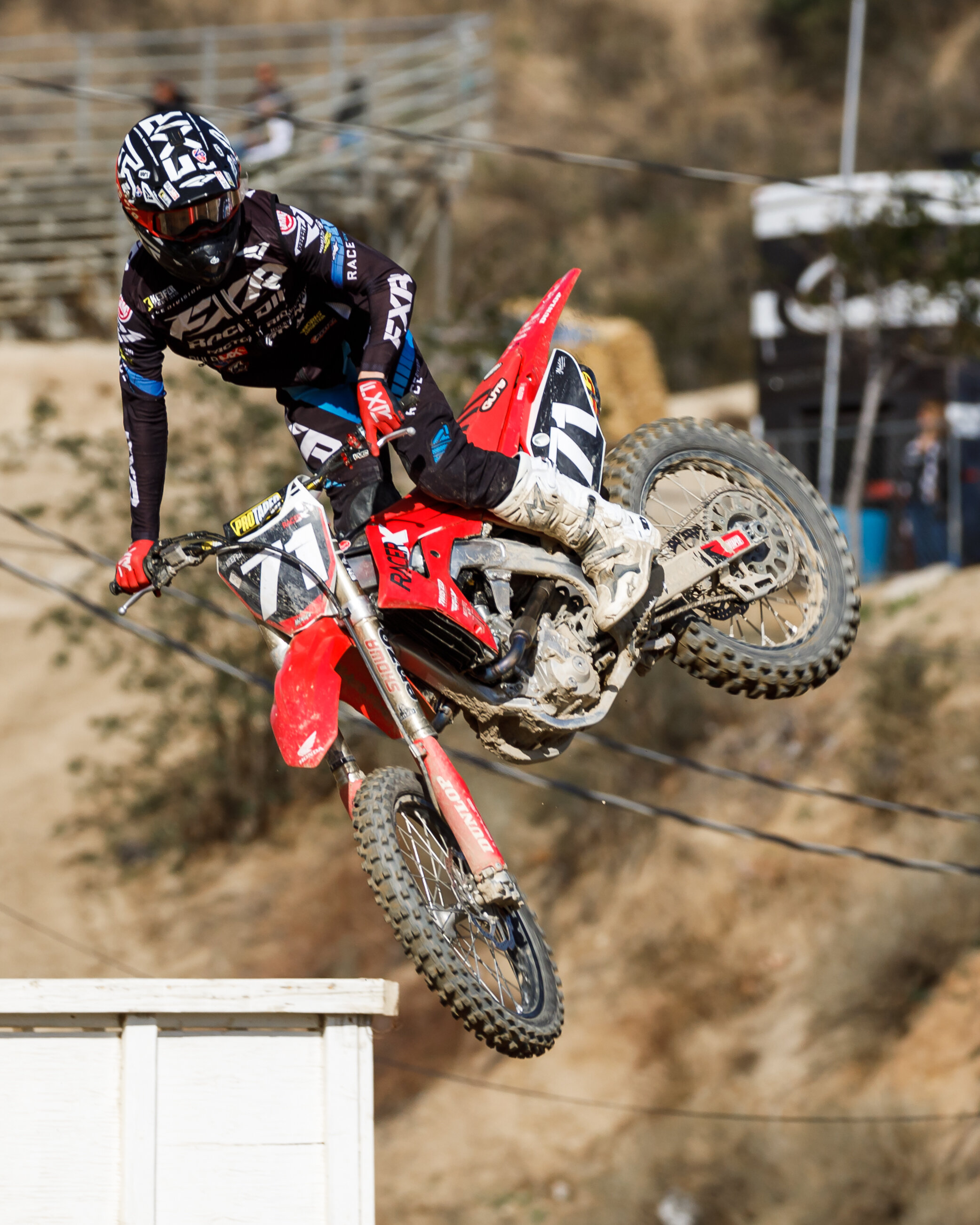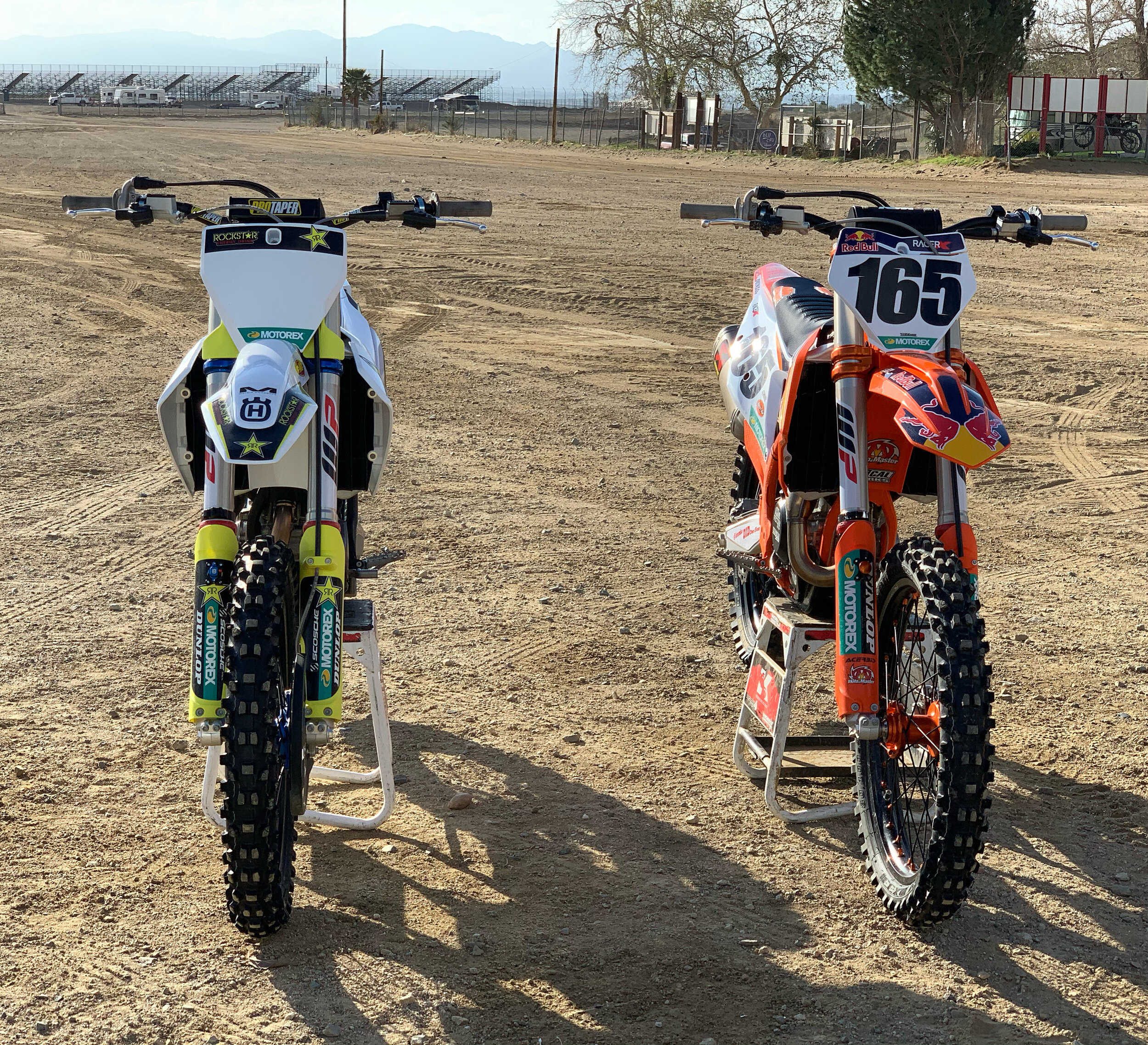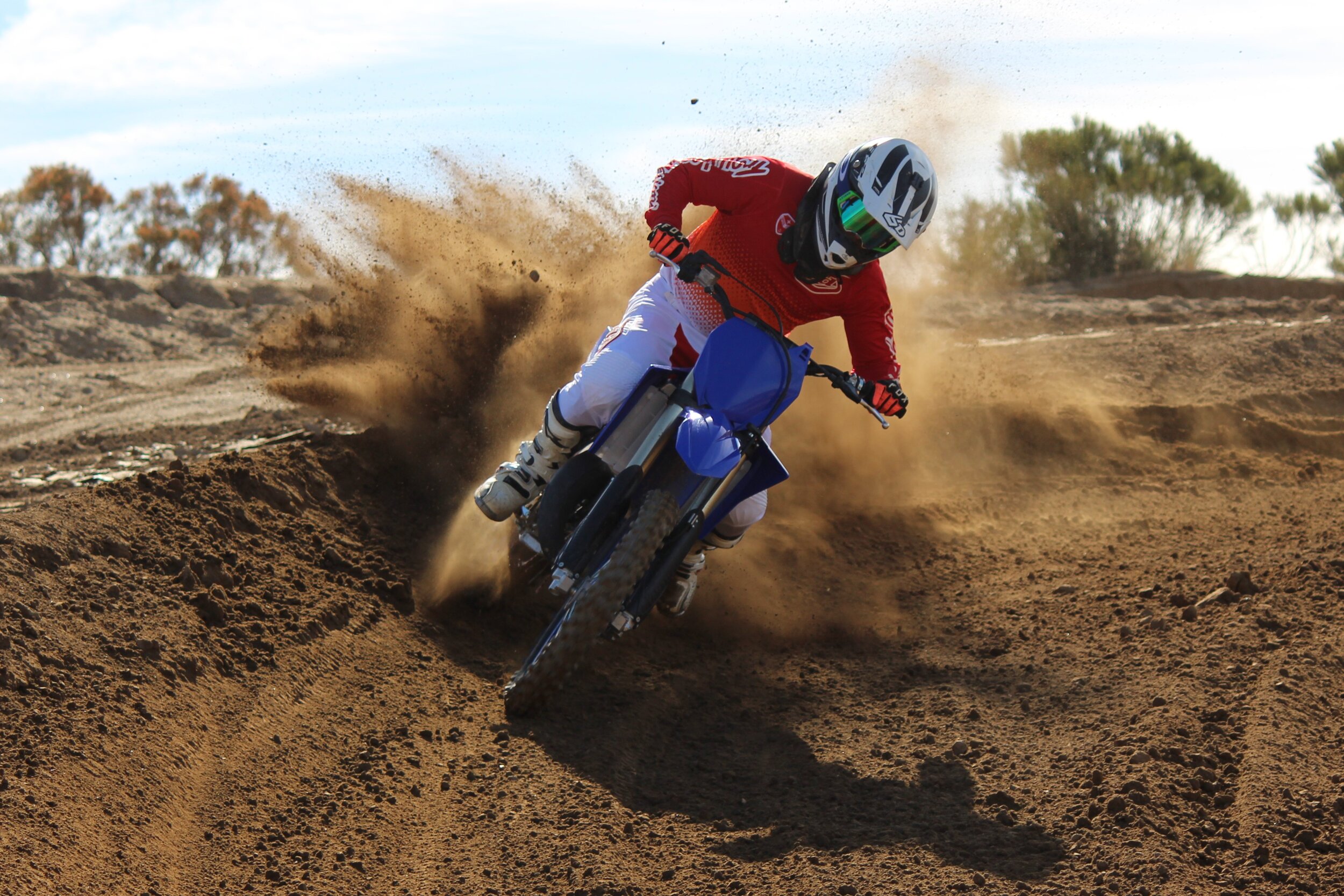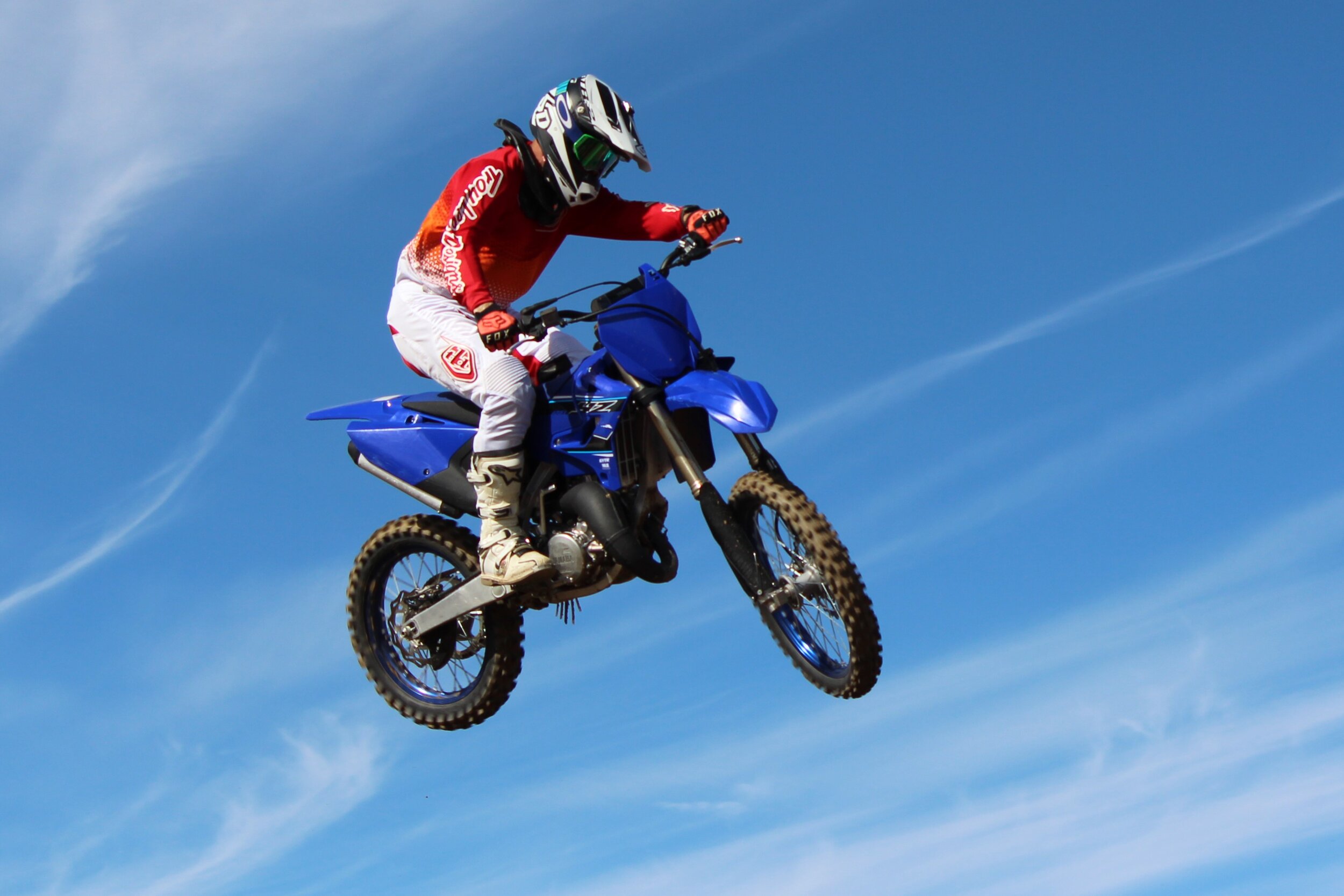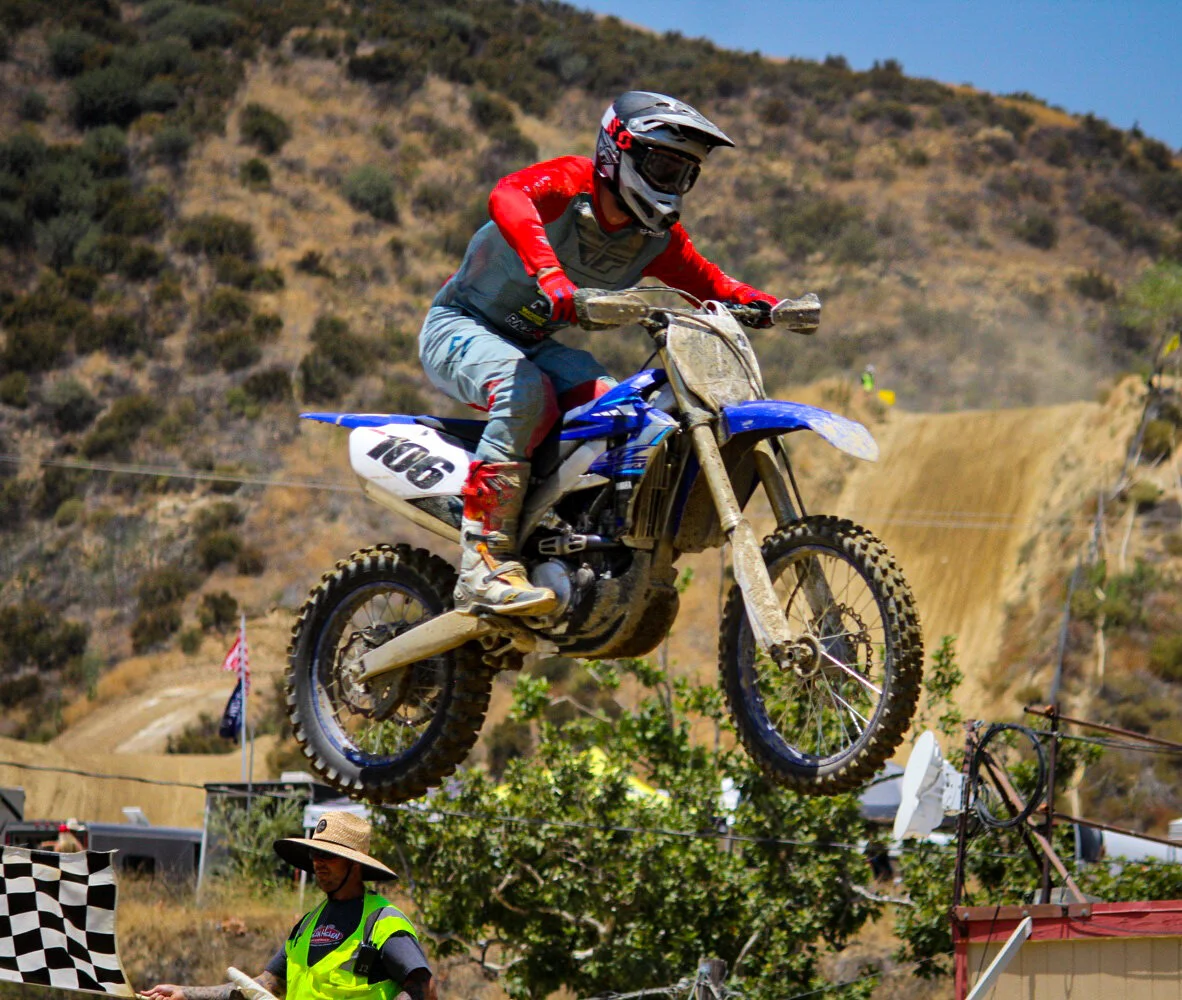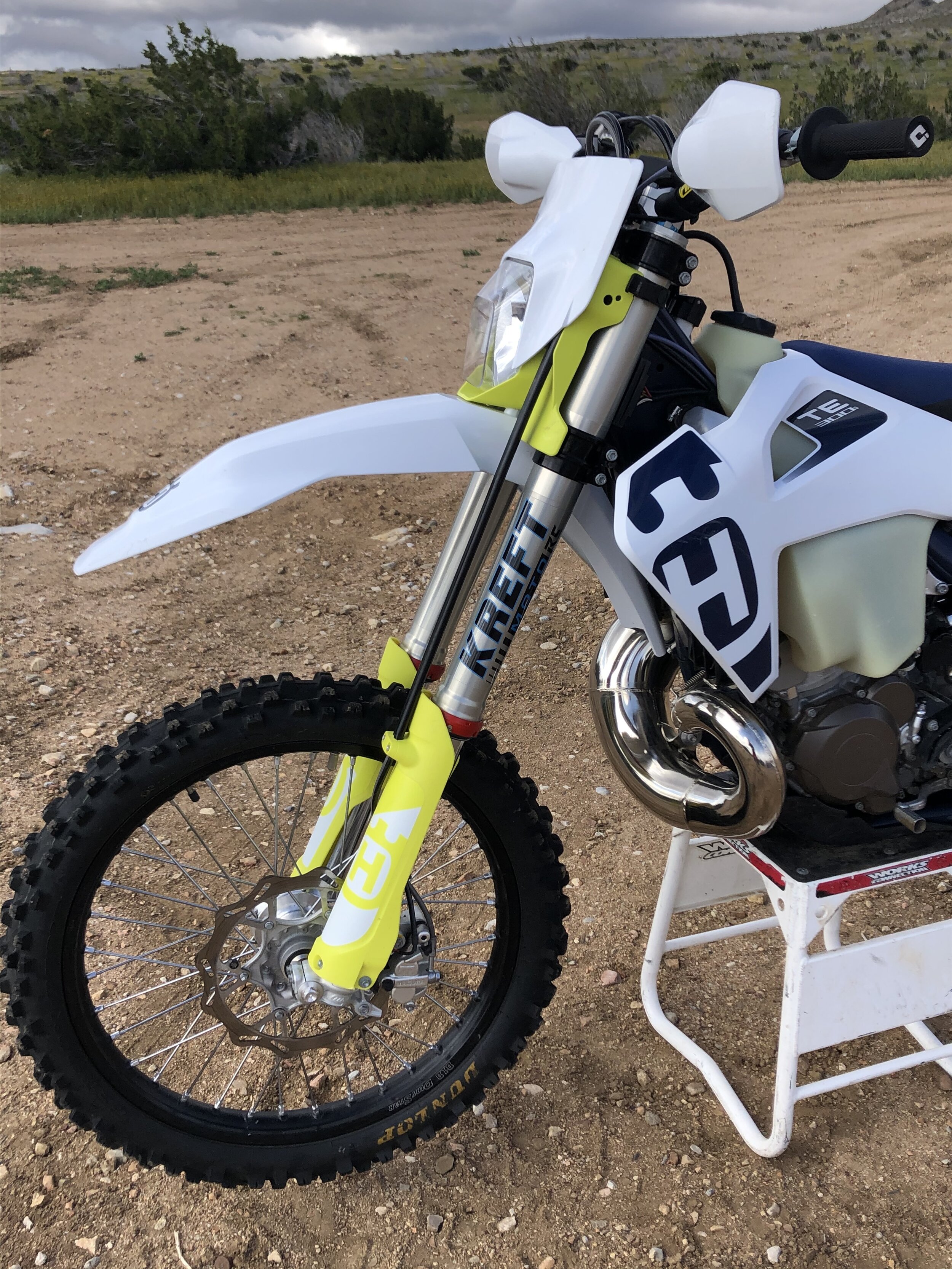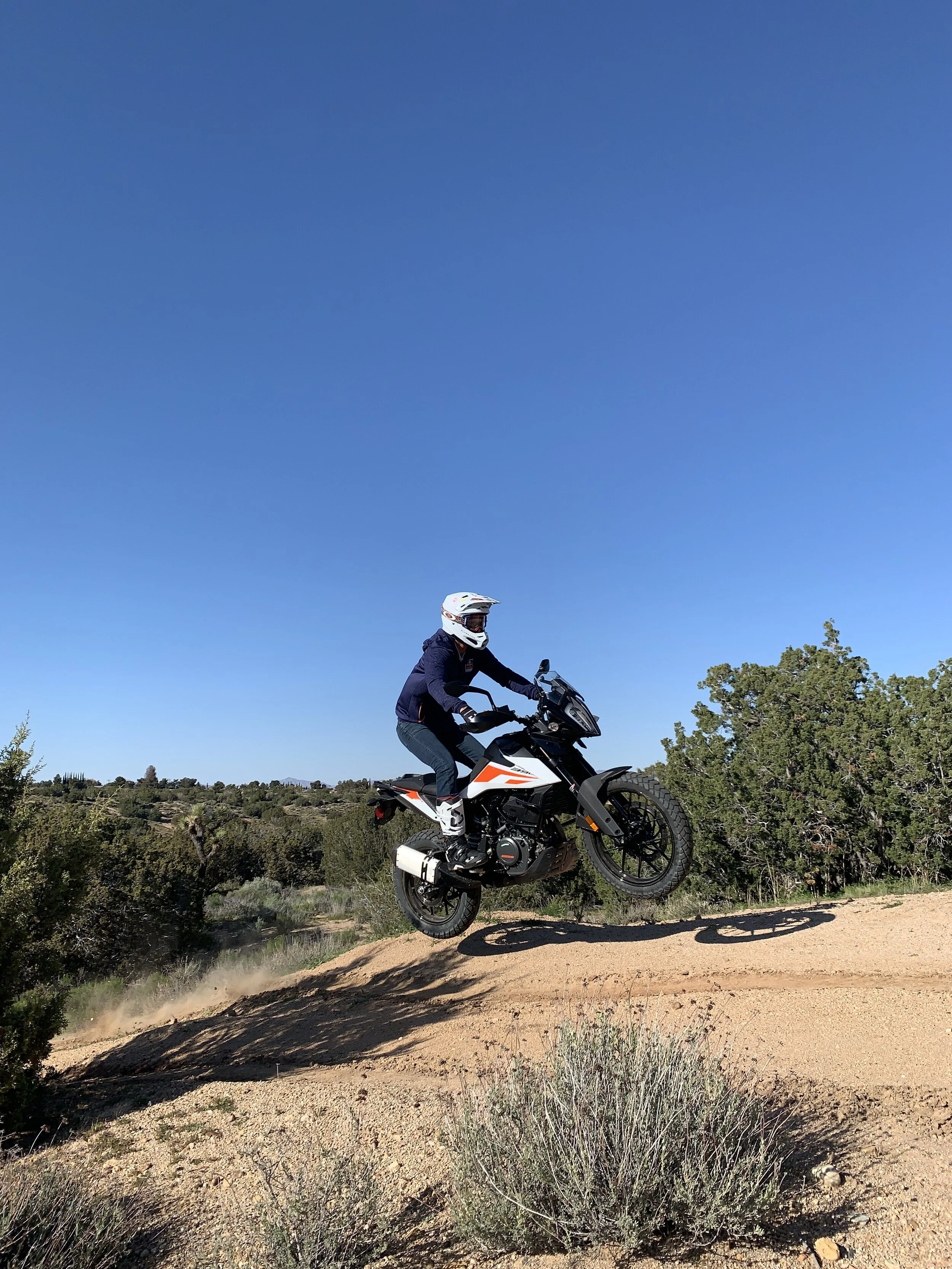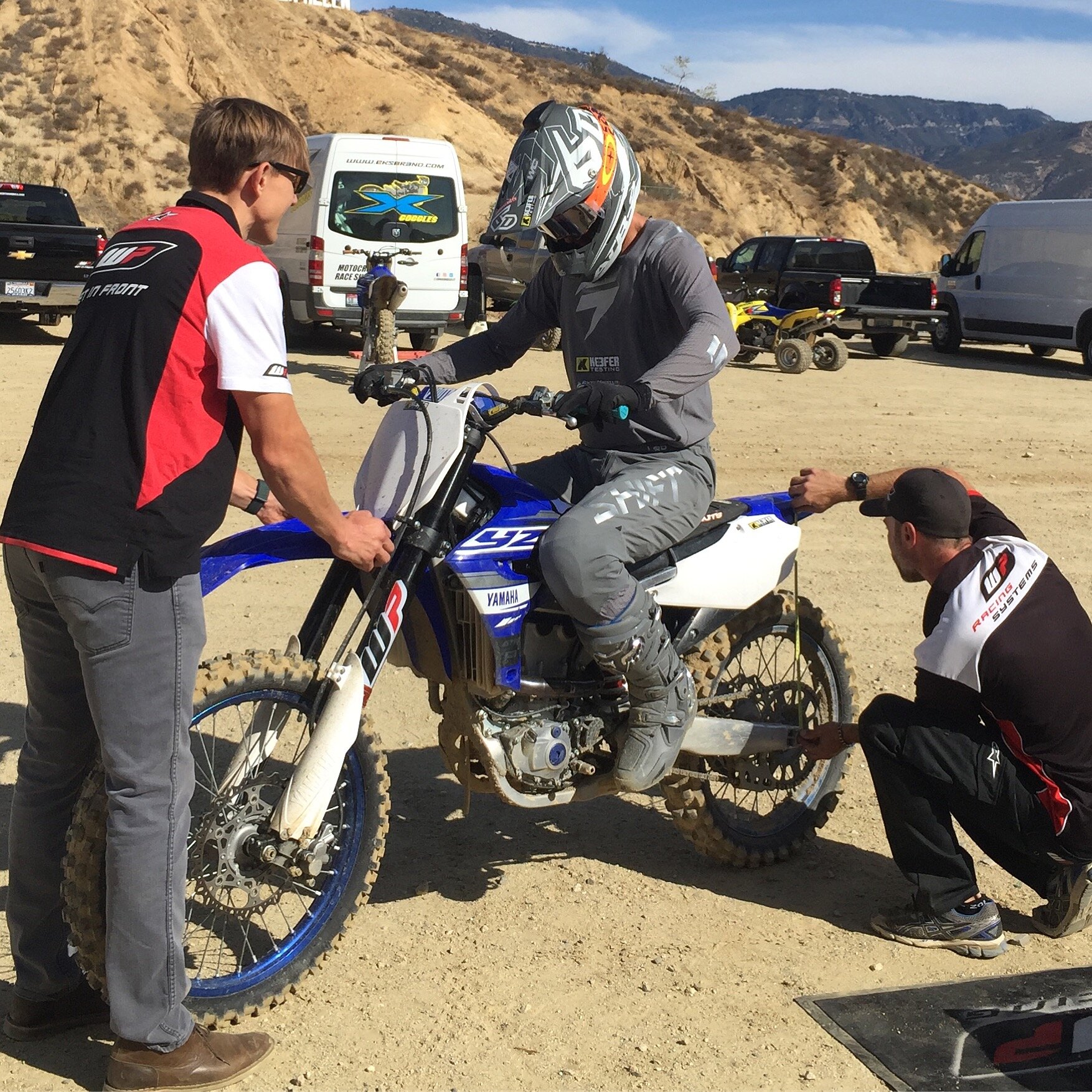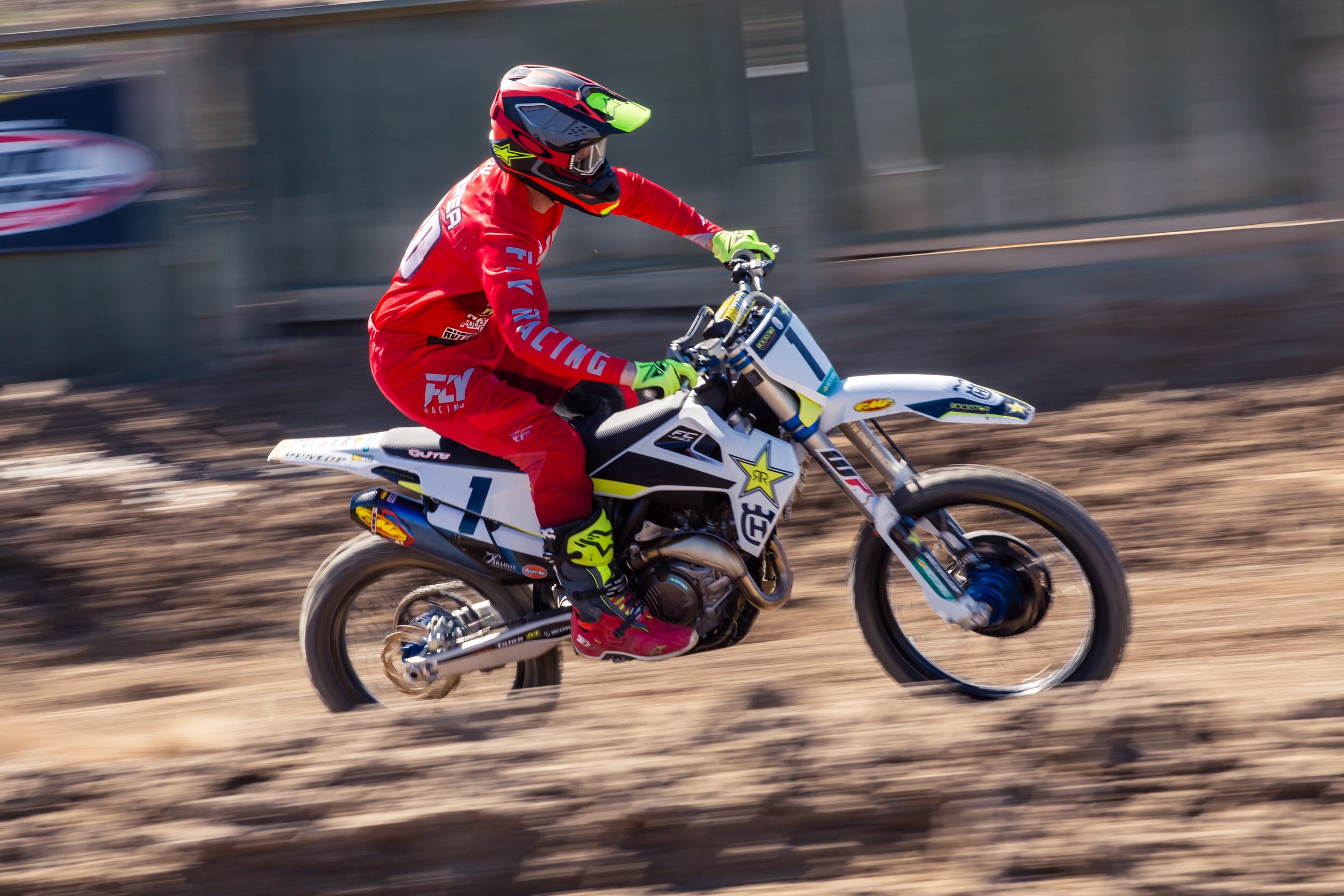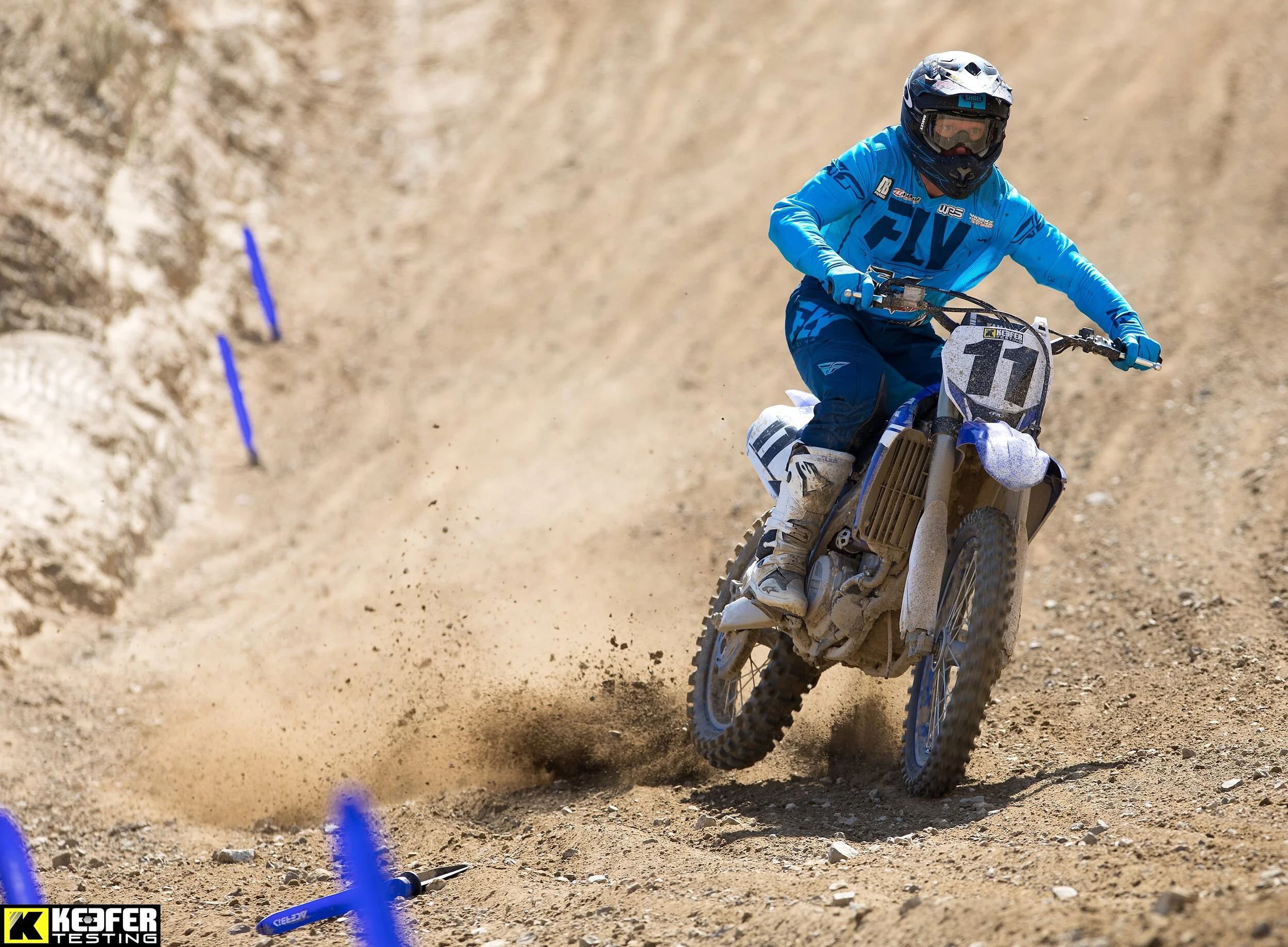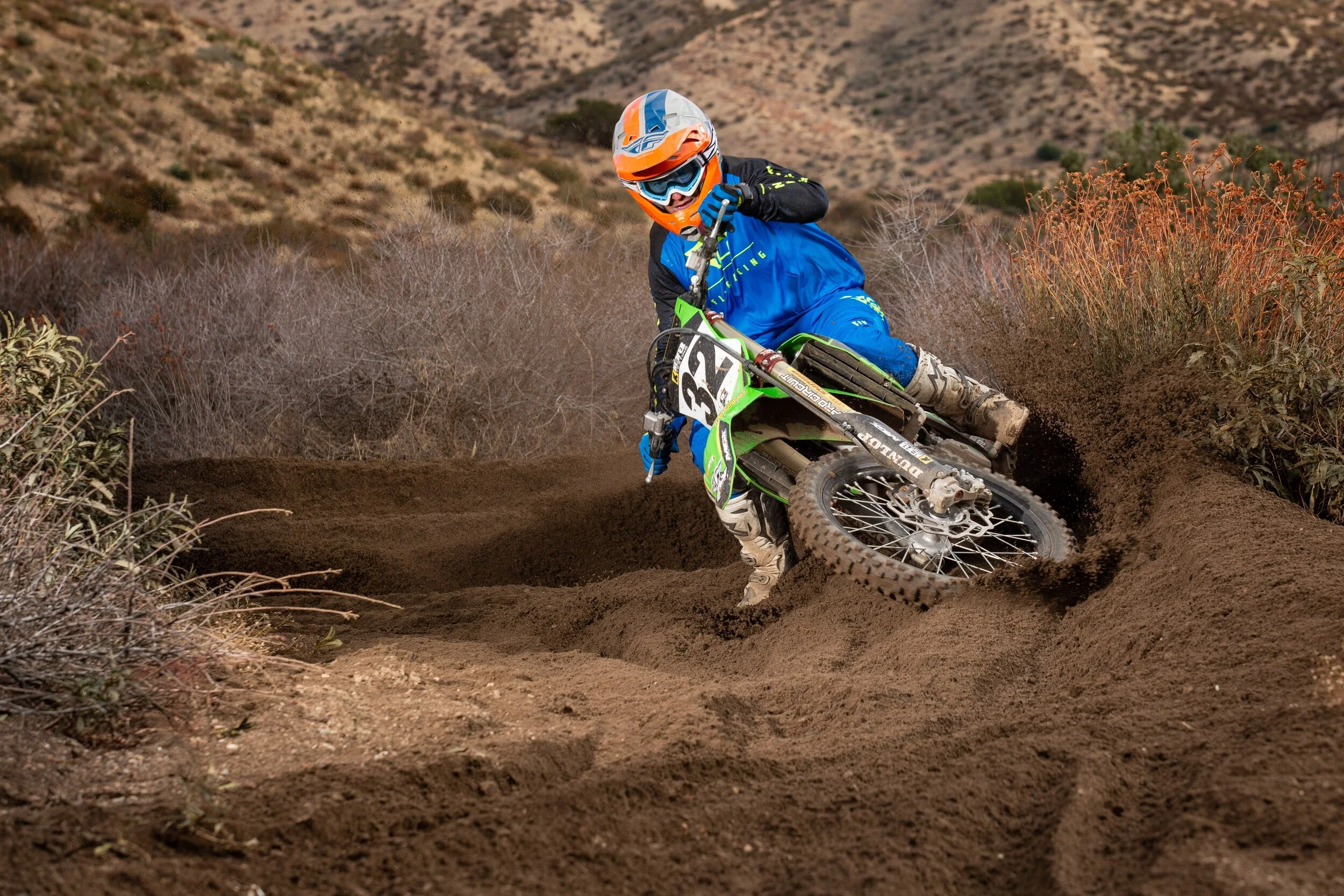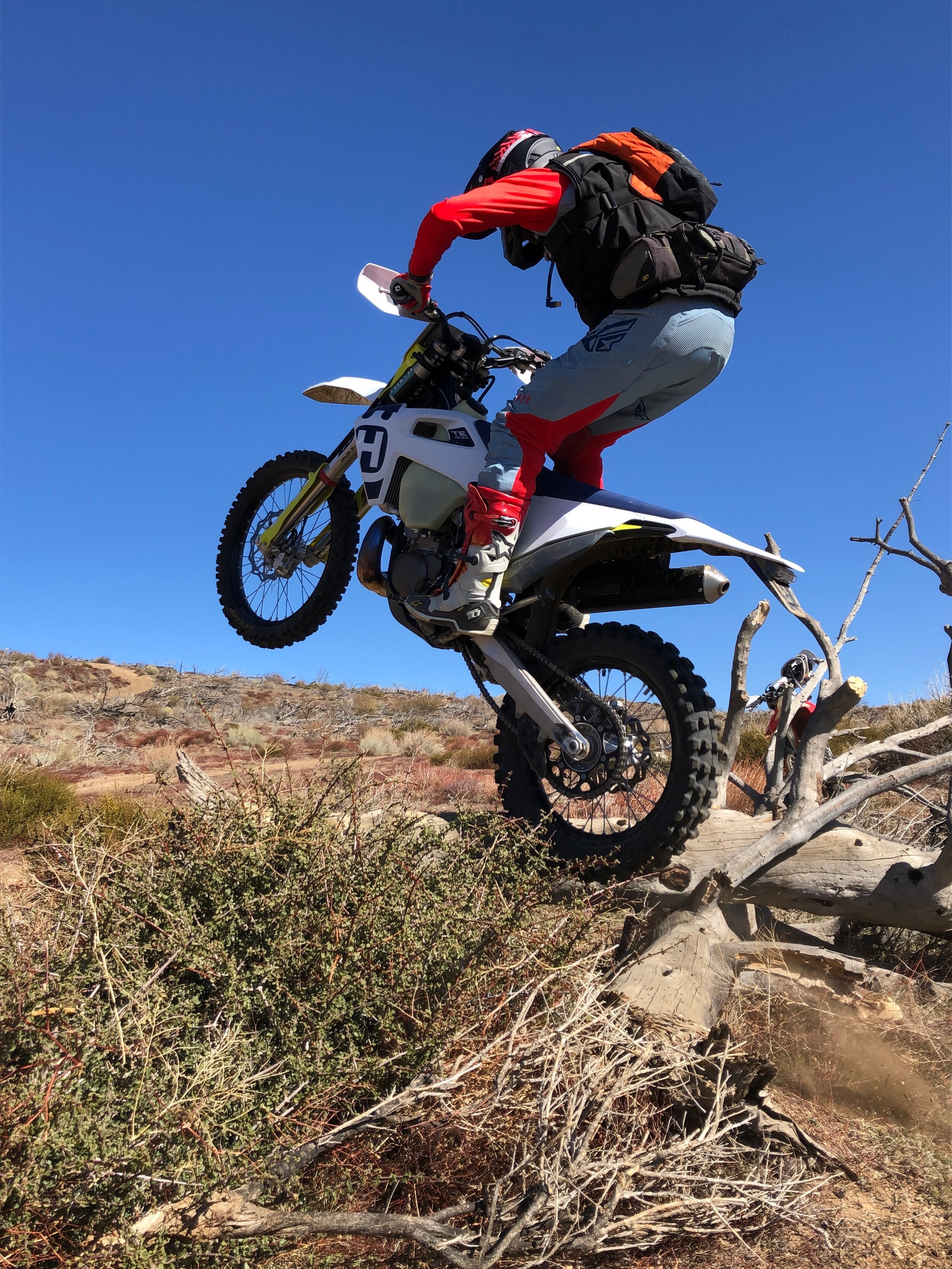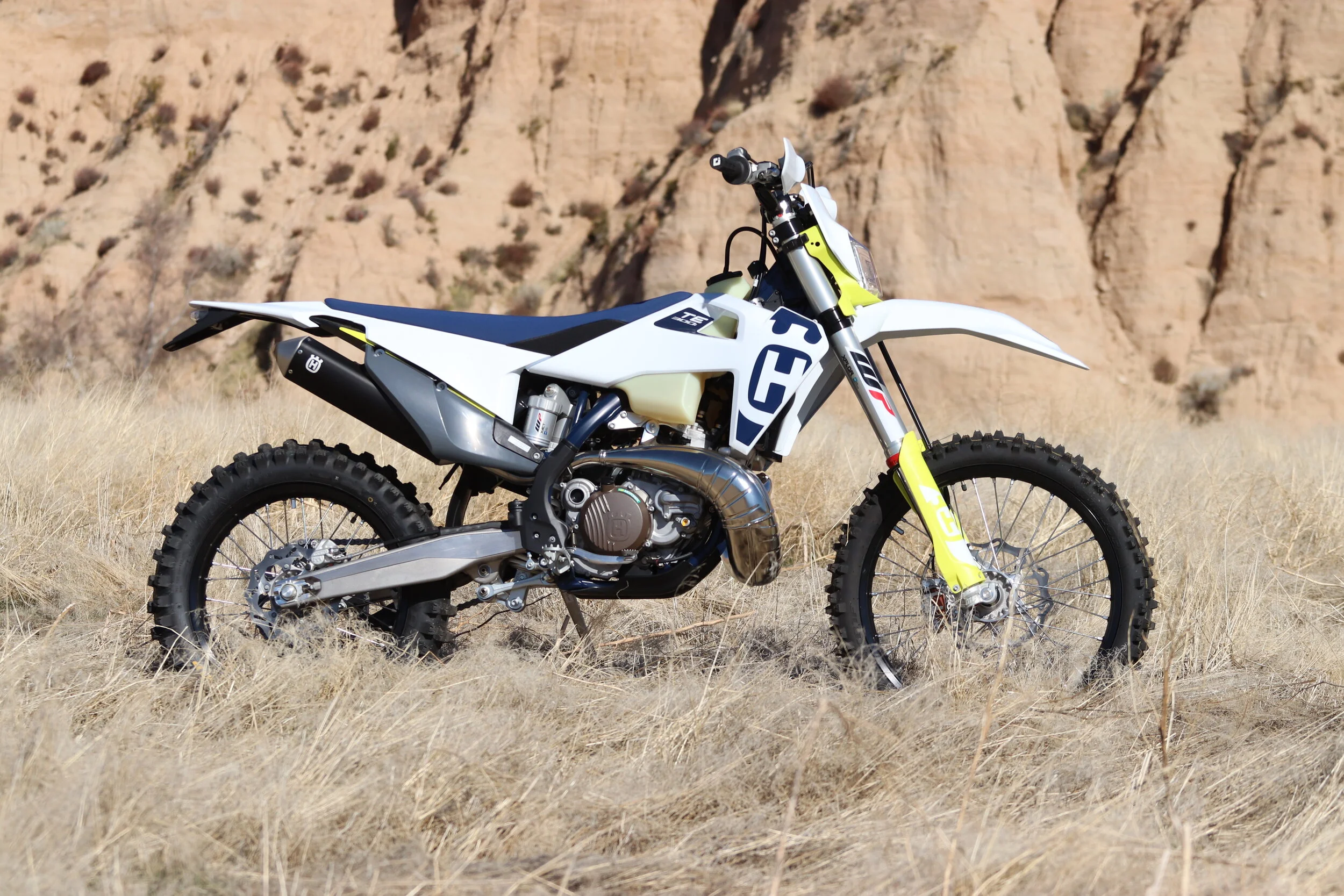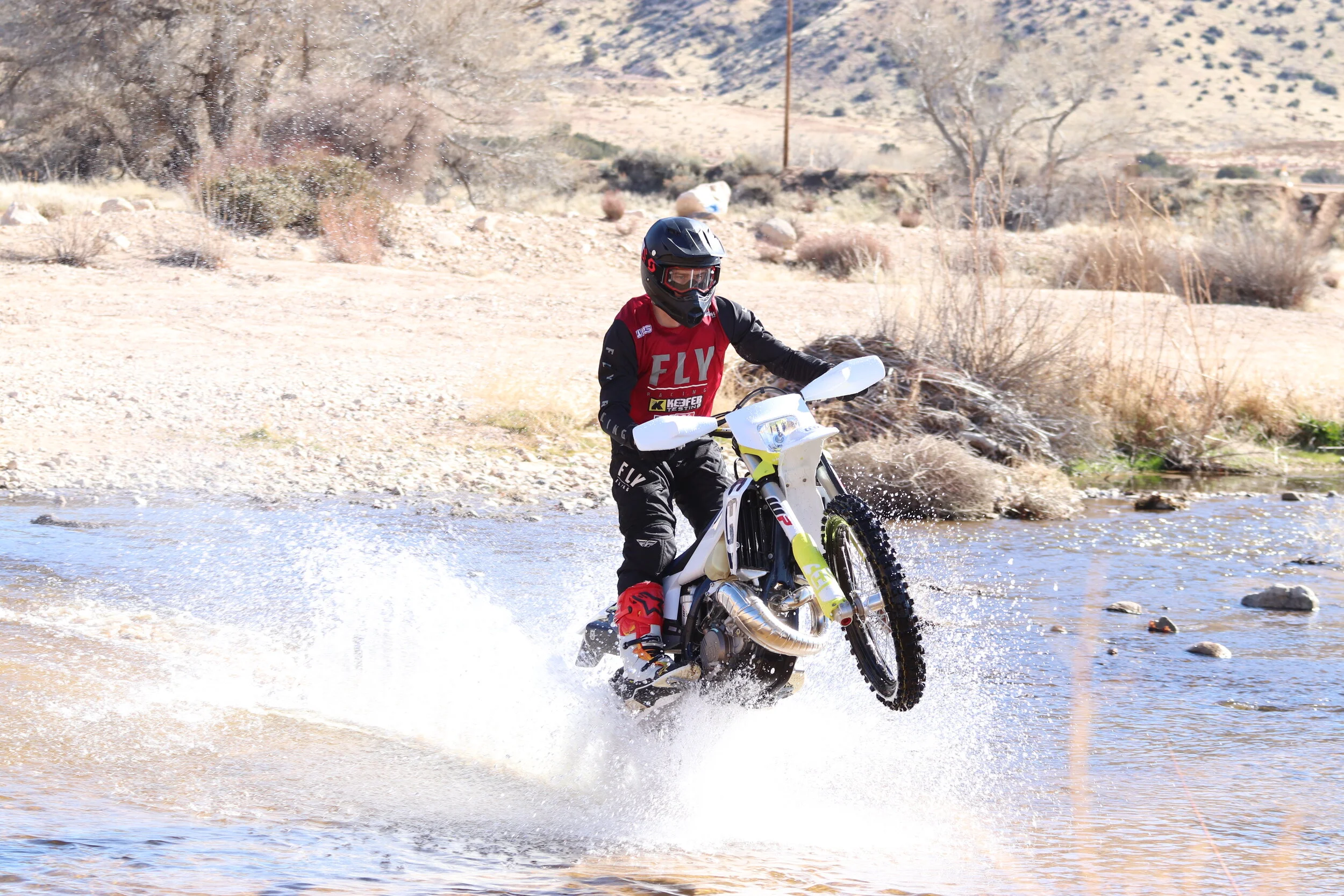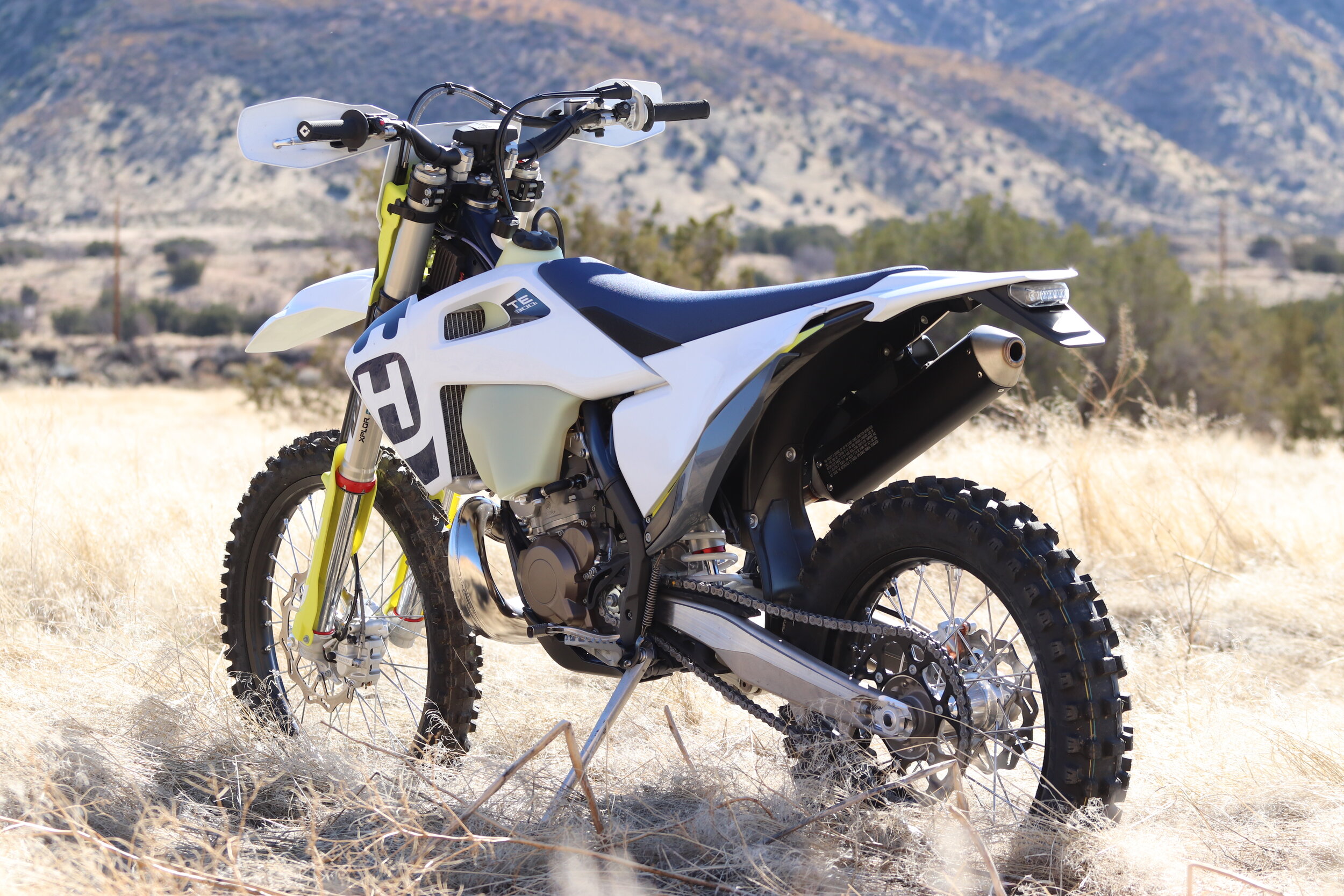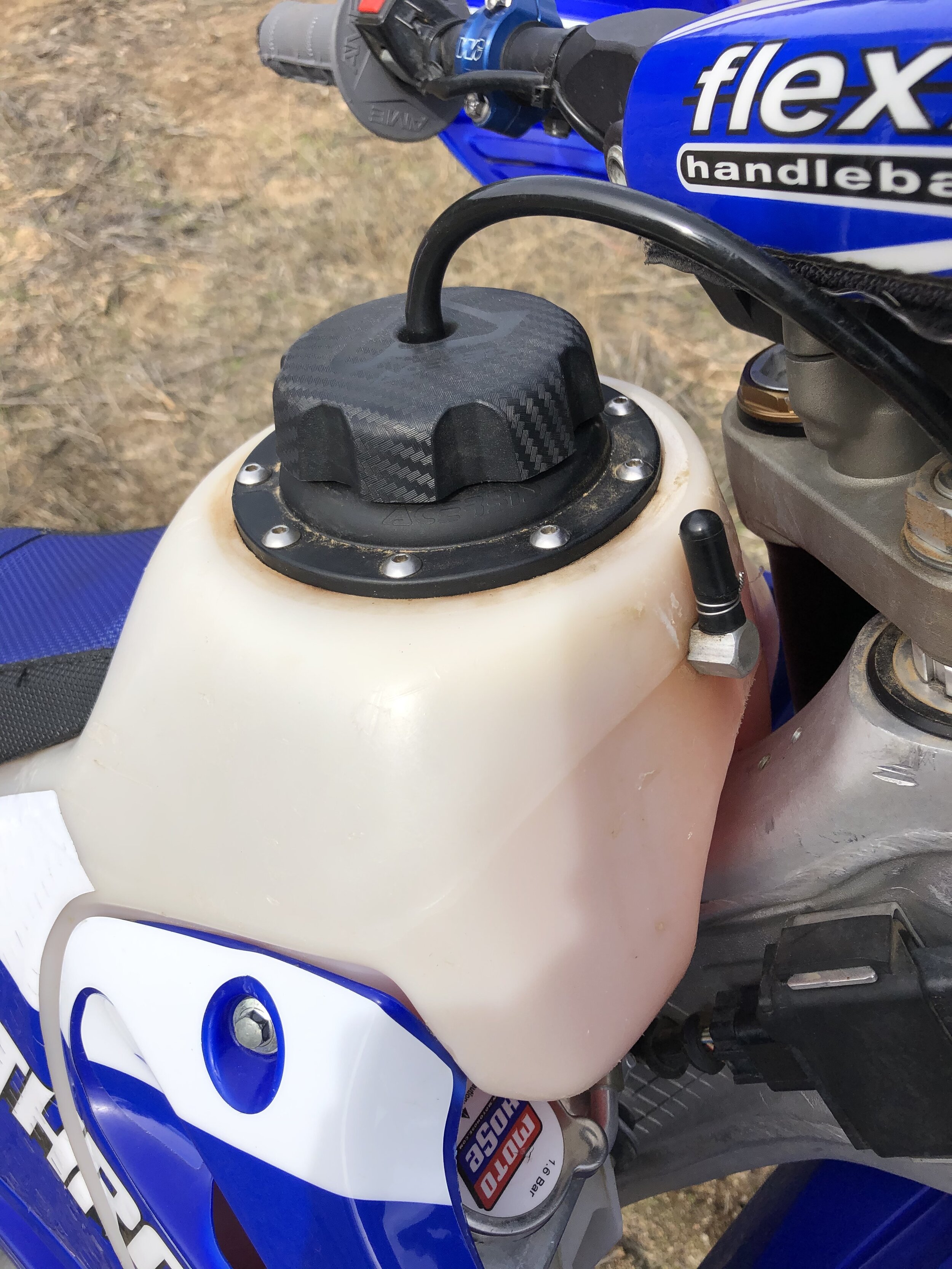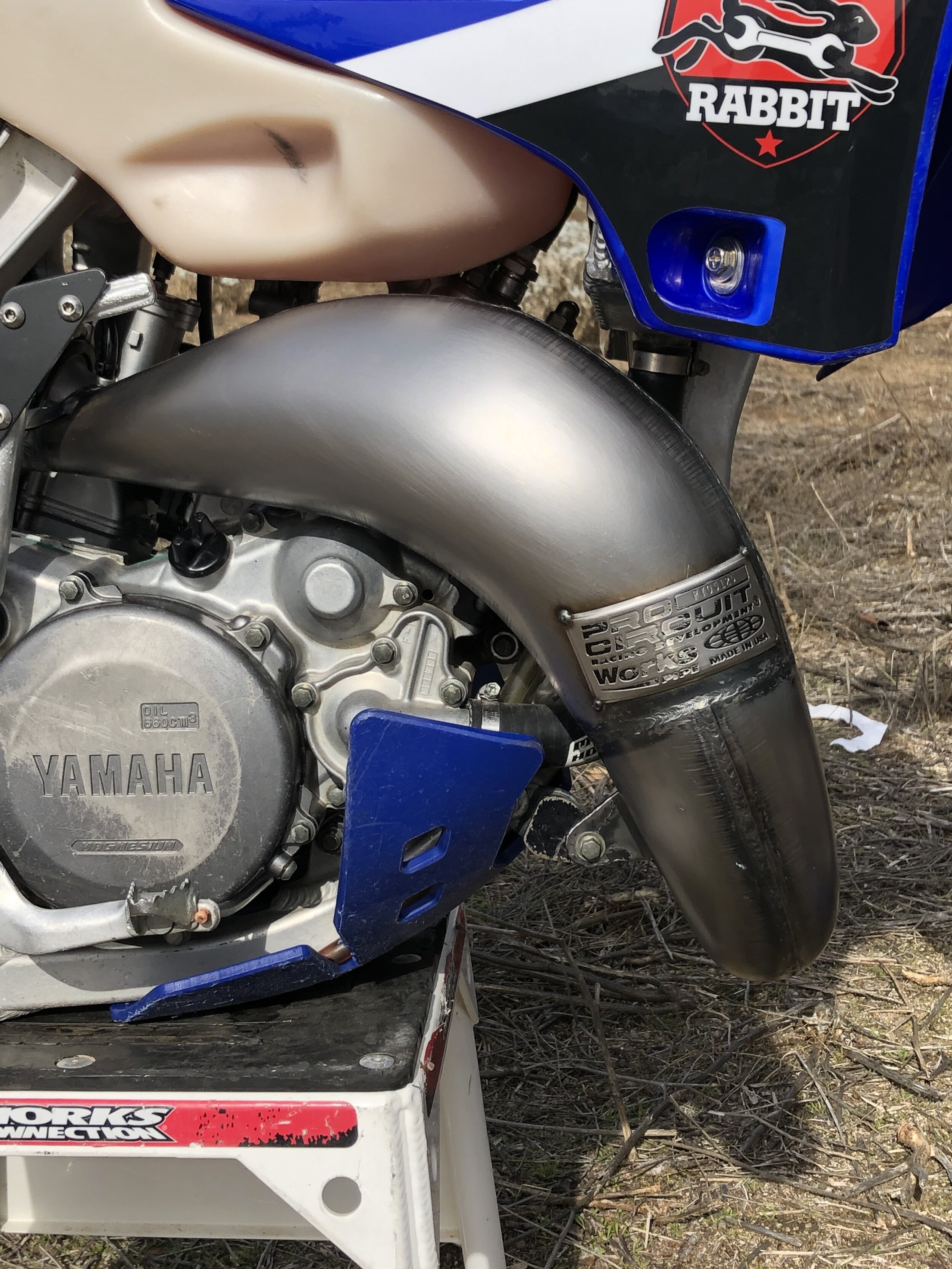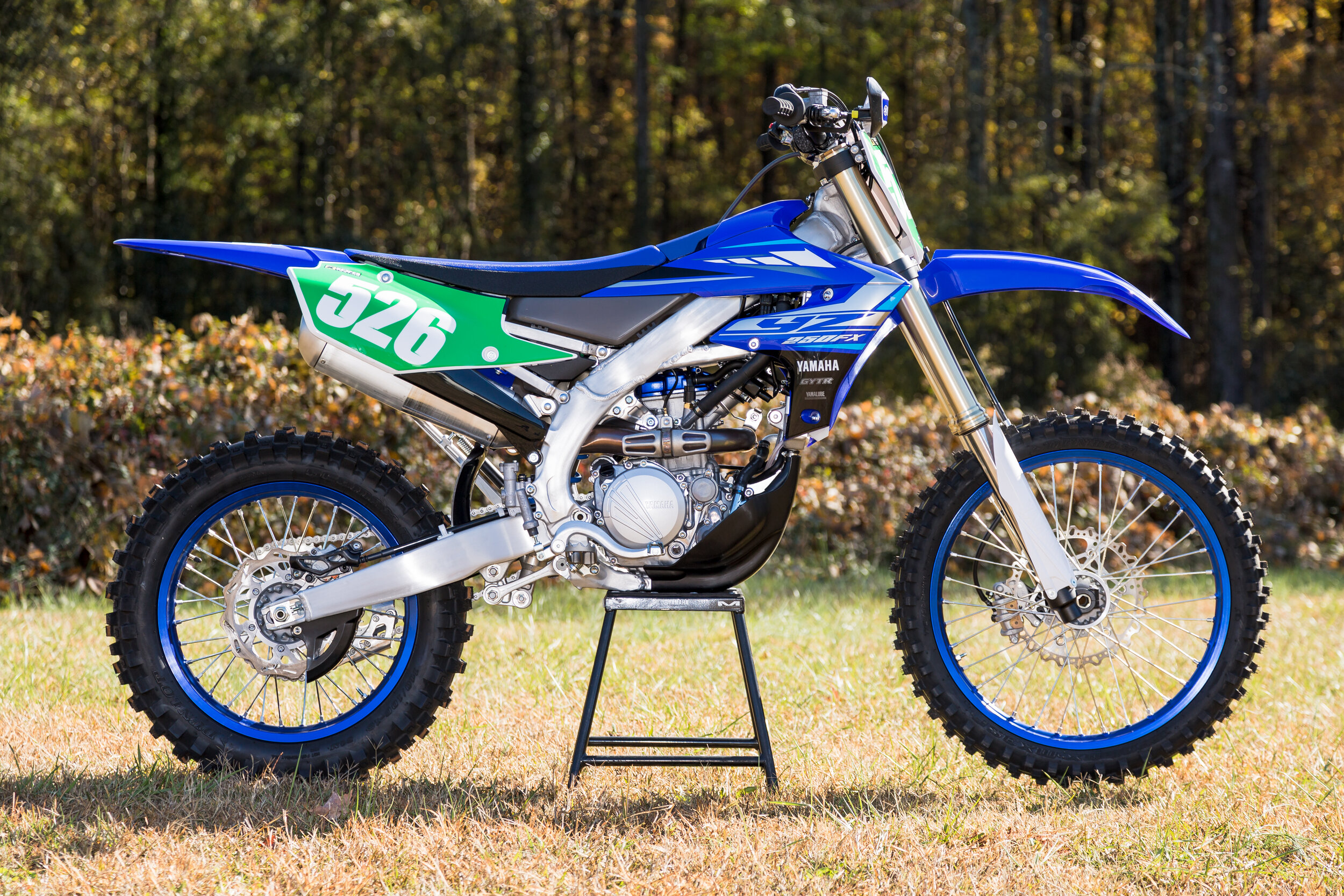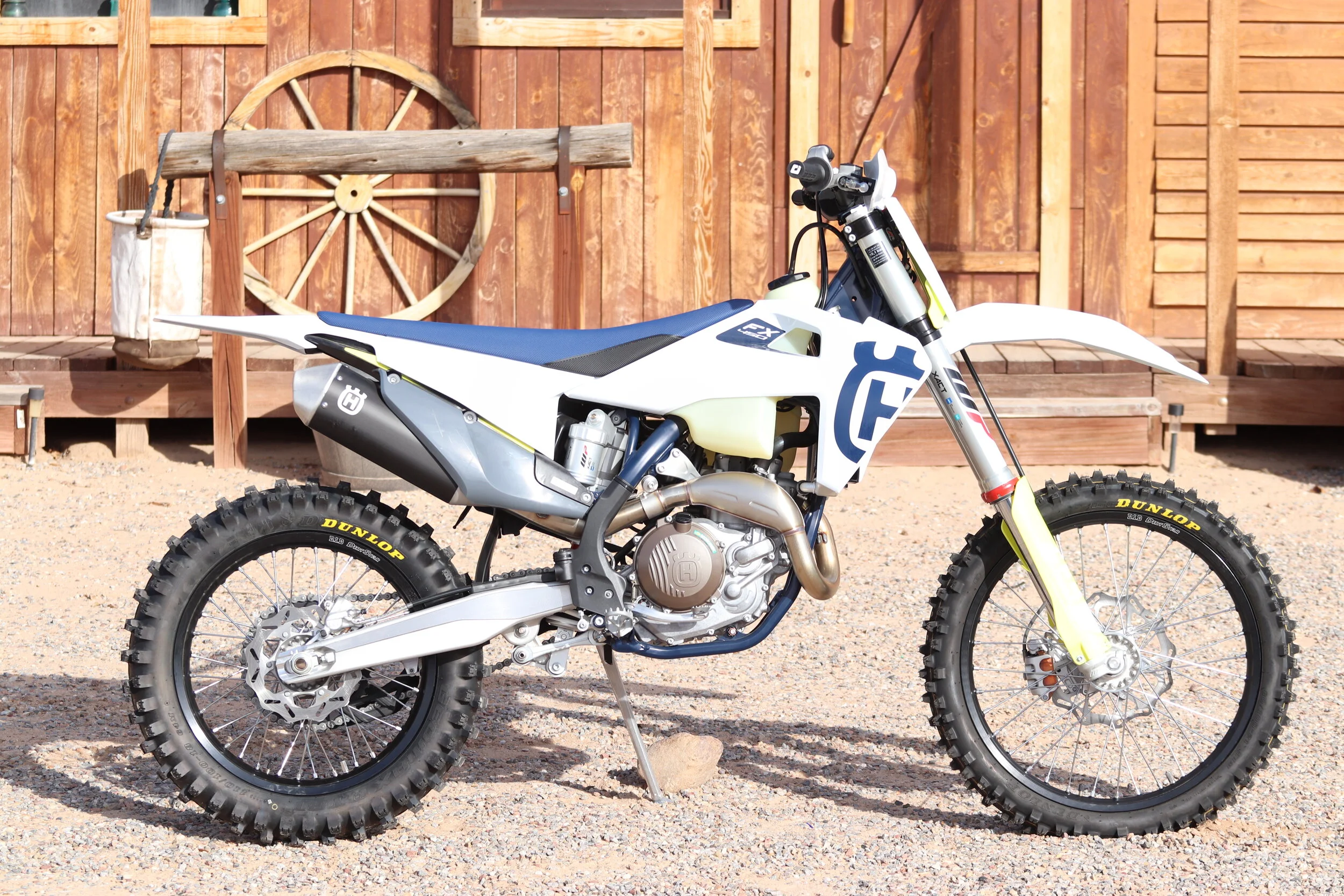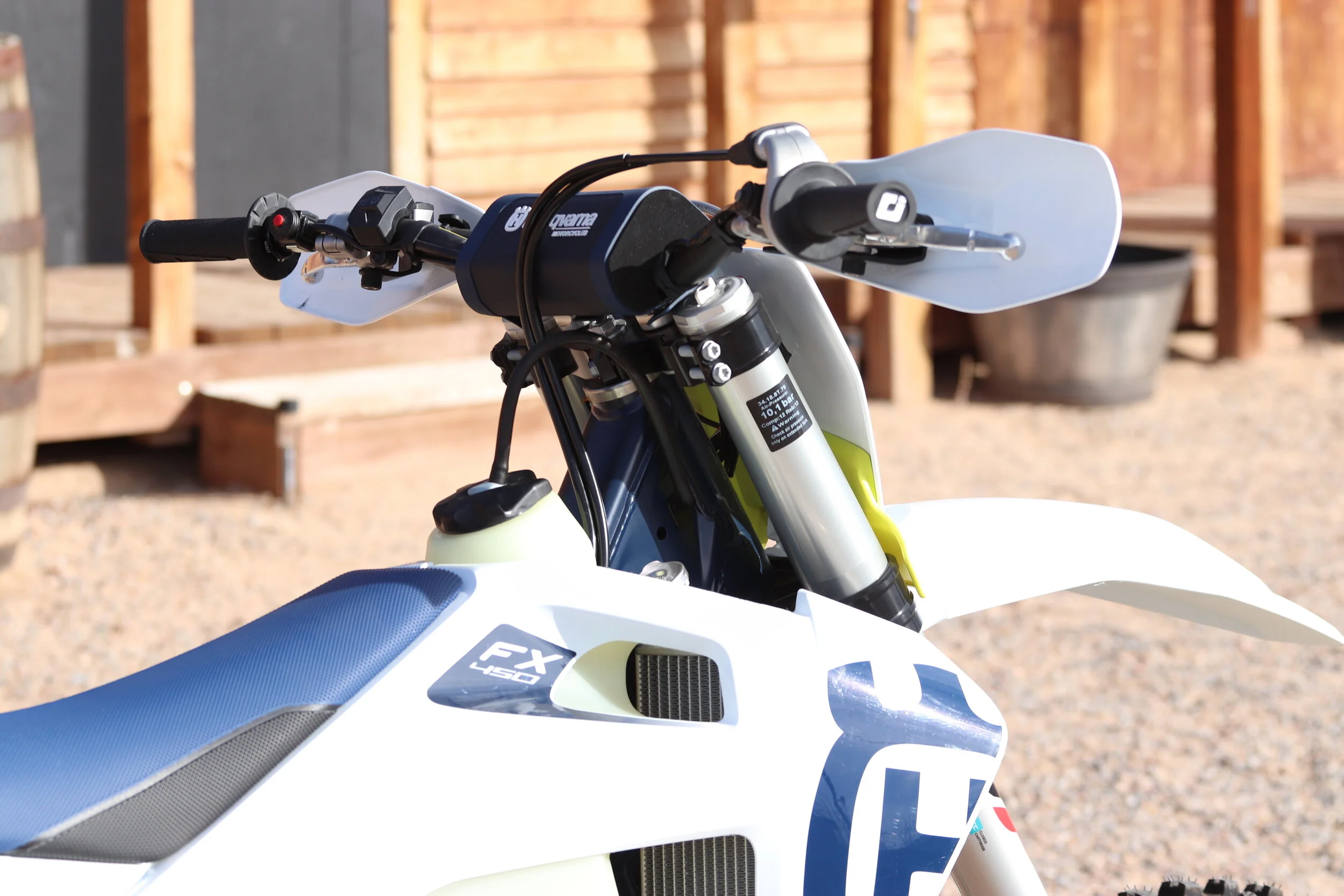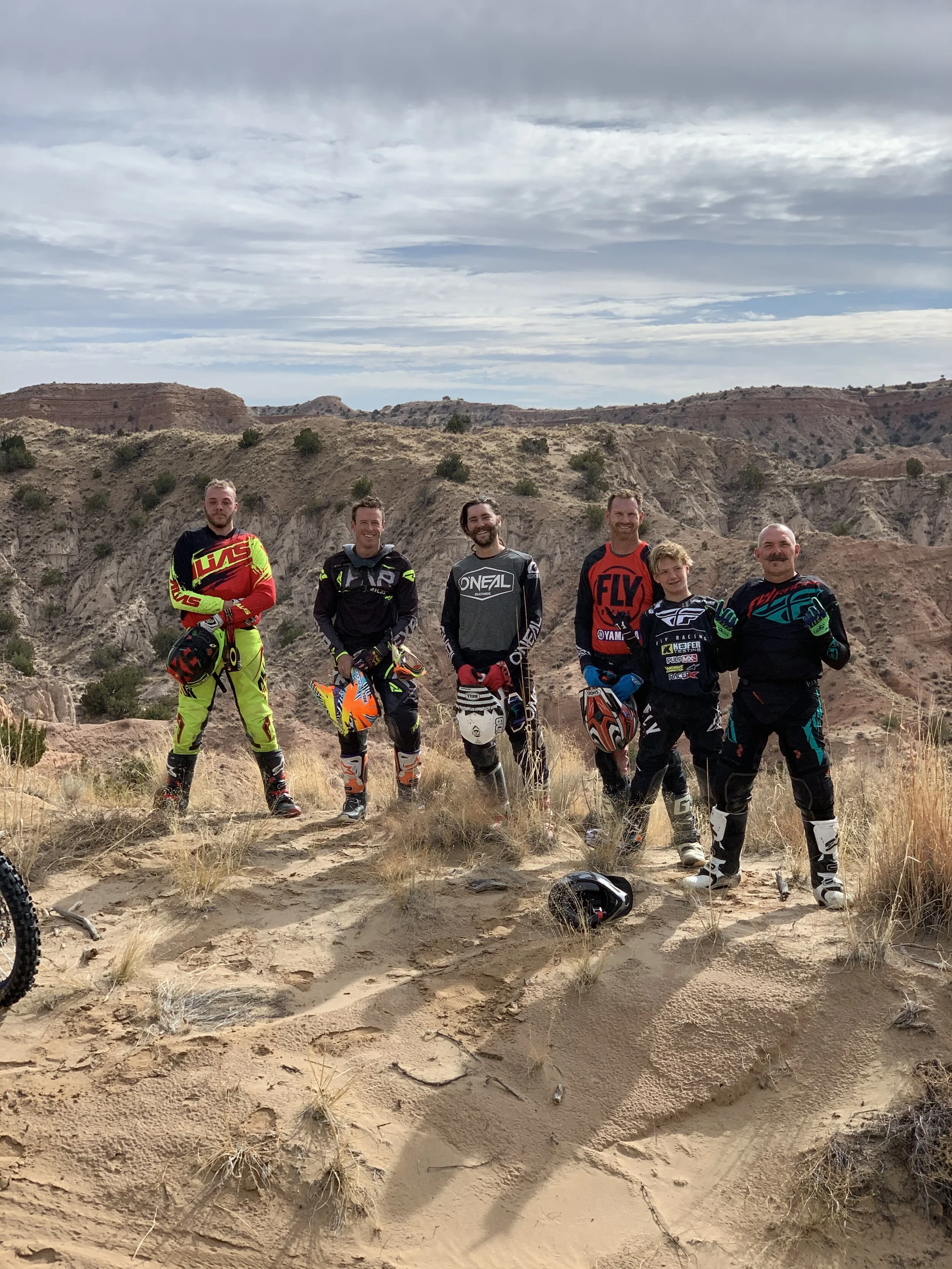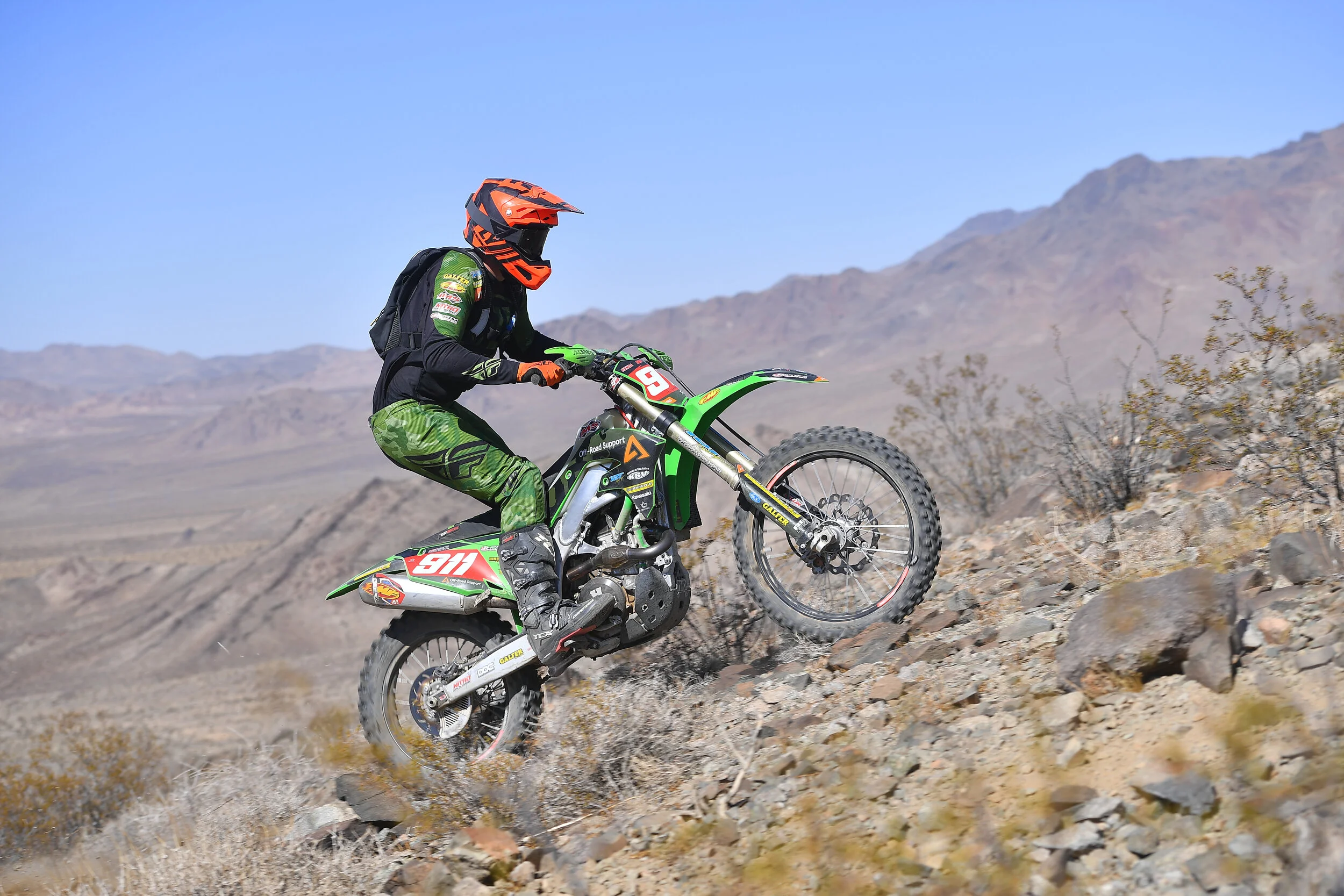FAQ: “Keefer, should I get a Husqvarna FC450 or FX450”? If it was me and I was doing a 70/30 off-road to moto ratio, I would be on a FX450 simply because of the comfort that I get on longer trail rides. The FC450 is made to carve inside lines and go fast and I feel like the FX450 is more of a friendlier machine for longer distances. Yes, it’s still fast, but it has more comfort with its suspension and ECU settings, where the FC450 has a firmer, slightly snappier throttle response. The occasional moto session with your buddies is fine on the FX, as long as you go to a suspension setting that doesn't bottom up faces of jumps. The stock FX450 suspension setting is much too soft for a motocross track.
FAQ: “Keefer, will my FX450 parts interchange with my FC450 and vice versa”? Yes, the FX450 parts (wheels, tank, etc.) will bolt right onto the FC450”.
This is just a first impression… I will be logging more off-road miles on this machine and may even take it to a Grand Prix event just to see how versatile this Husqvarna FX450 really is. If you want to “hear” what I have to say about the Husqvarna FX450 and get some extra tidbits you may have not received in this article, listen to the RMATVMC Keefer Tested Podcast. If you have any questions about this test or the 2020 Husqvarna FX450, please feel free to email me at kris@keeferinctesting.com.
HUSQVARNA FX450 SPECS:
Engine type: SOHC, electric-start, 4-valve
4-stroke
Displacement: 450cc
Bore & stroke: 95.0mm x 63.4m
Fuel delivery: Keihin EFI, 44mm
Fuel tank capacity: 2.3 gal. (8.5 l)
Lighting: No
Spark arrester: No
EPA legal: No
Running weight, no fuel: 224 lb.
Wheelbase: 58.5″ (1485mm)
Ground clearance: 14.6″ (370mm)
Seat height: 37.8″ (960mm)
Tire size & type:
Front: 90/90-21 Dunlop Geomax AT81F
Rear: 120/90-18 Dunlop Geomax AT81
Suspension:
Front: WP AER 48, adj. reb./comp.,
12.2″ (310mm) travel
Rear: WP aluminum piggyback, adj. prld.,
hi & lo comp., reb., 11.8″ (300mm) travel
Country of origin: Austria
Suggested retail price: $10,099
Manufacturer: www.husqvarna-motorcycles.com



